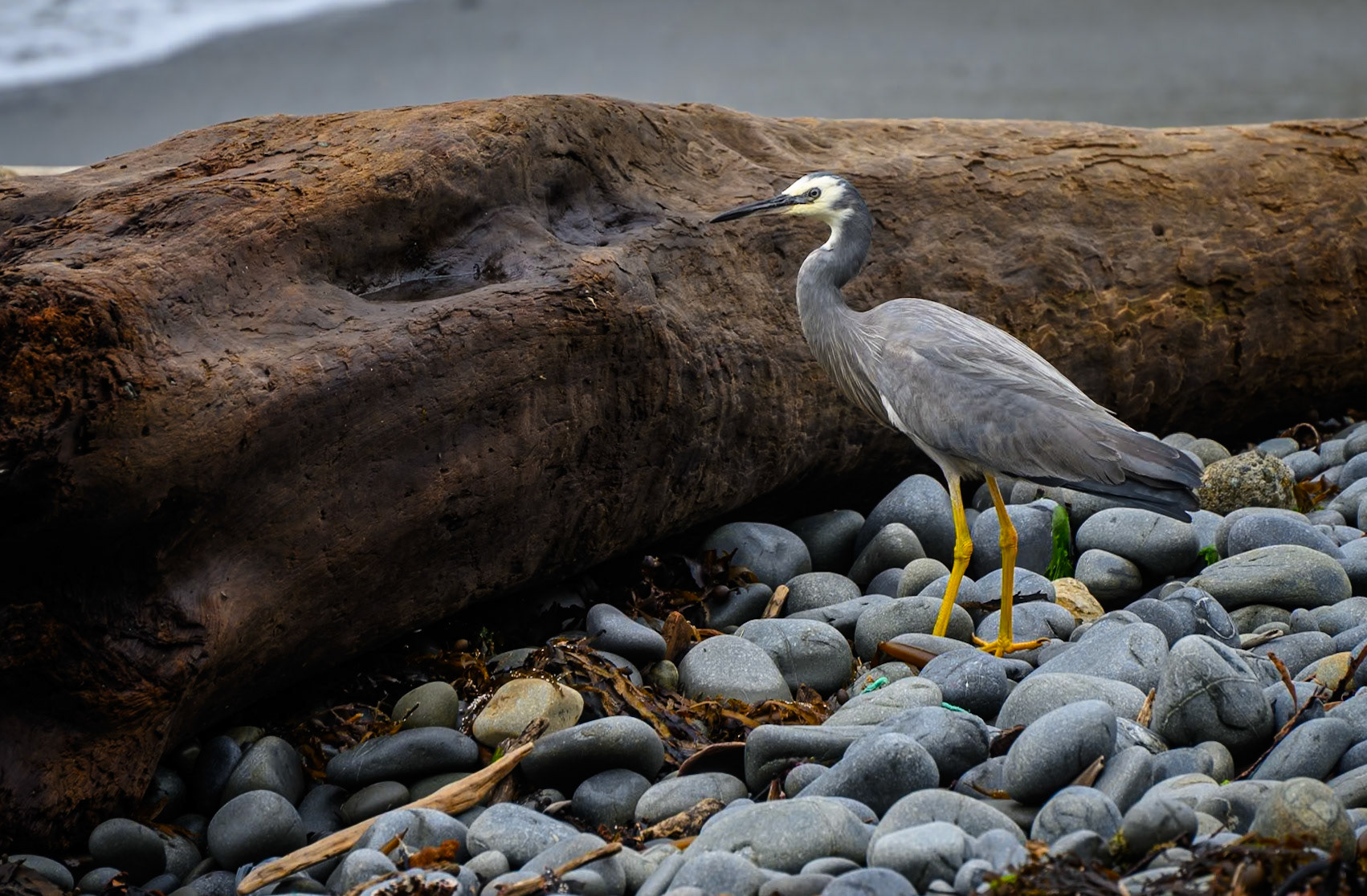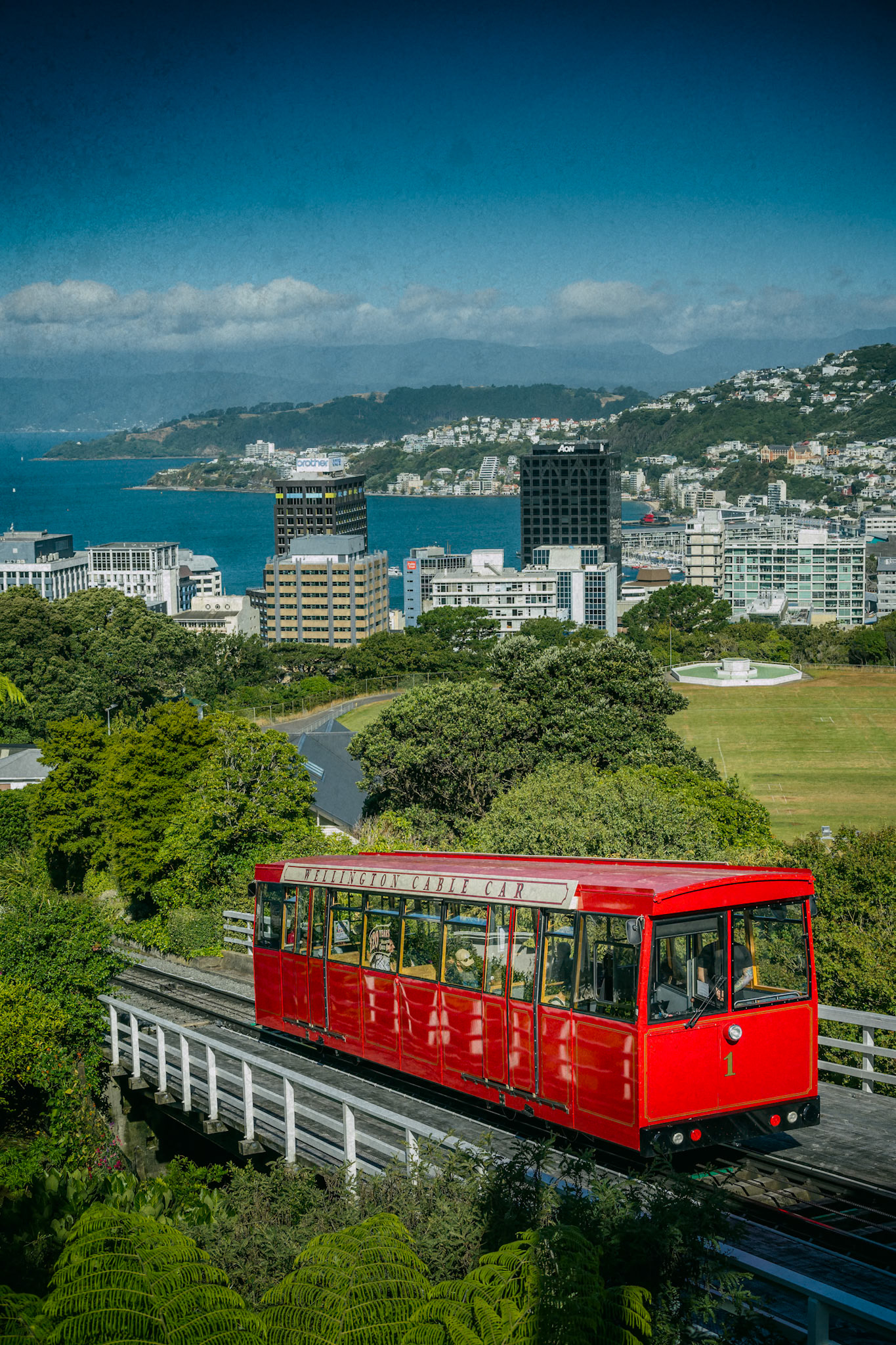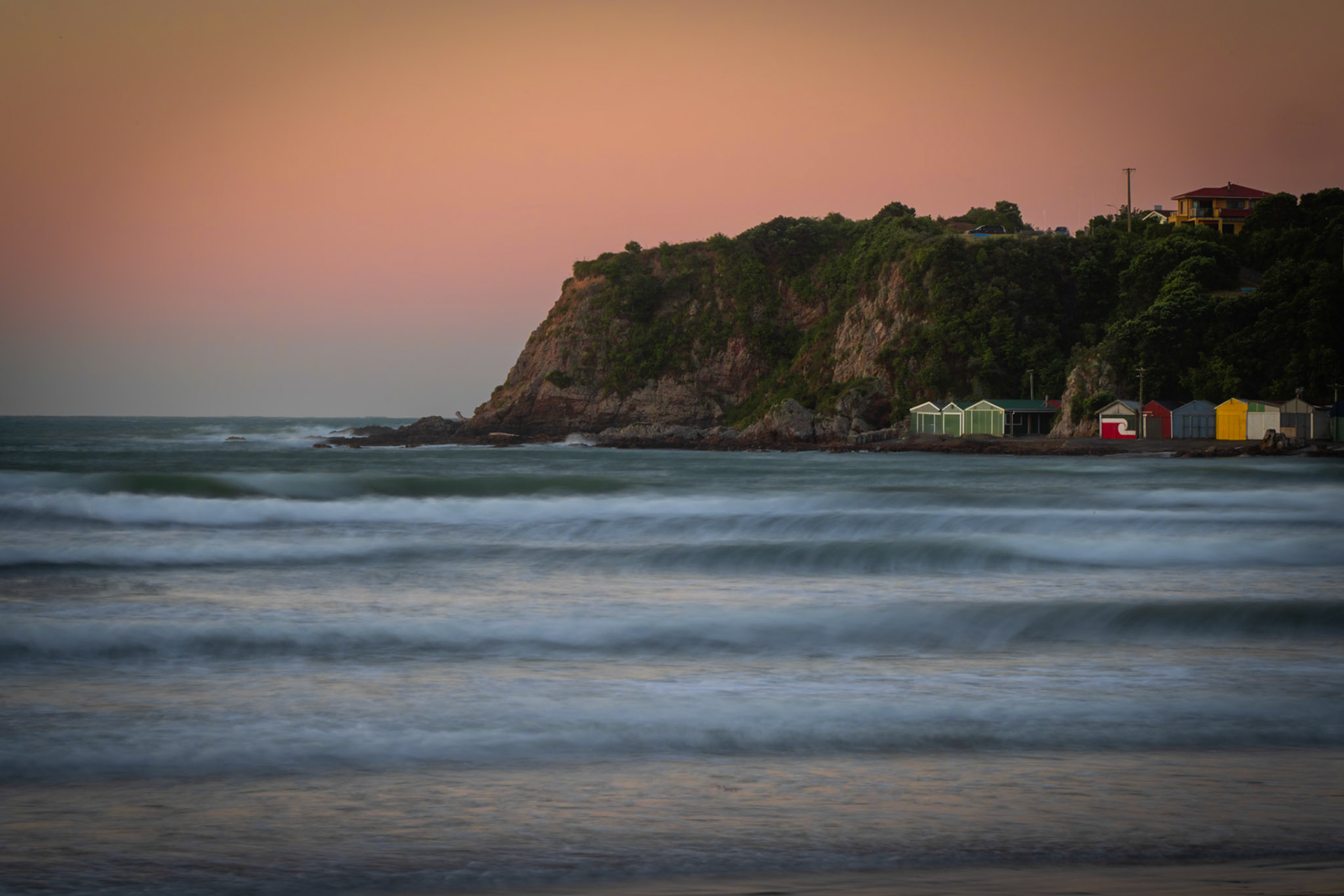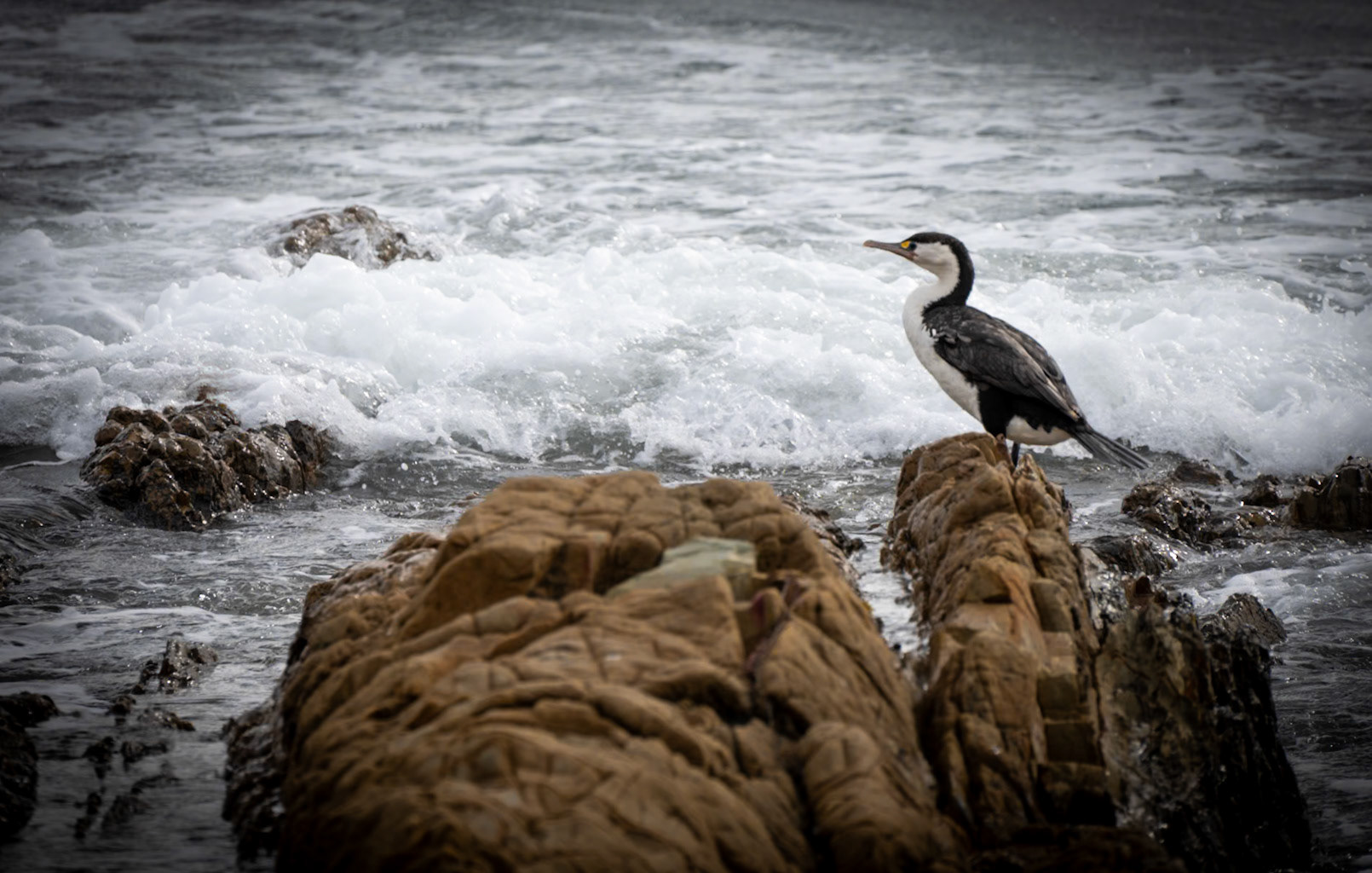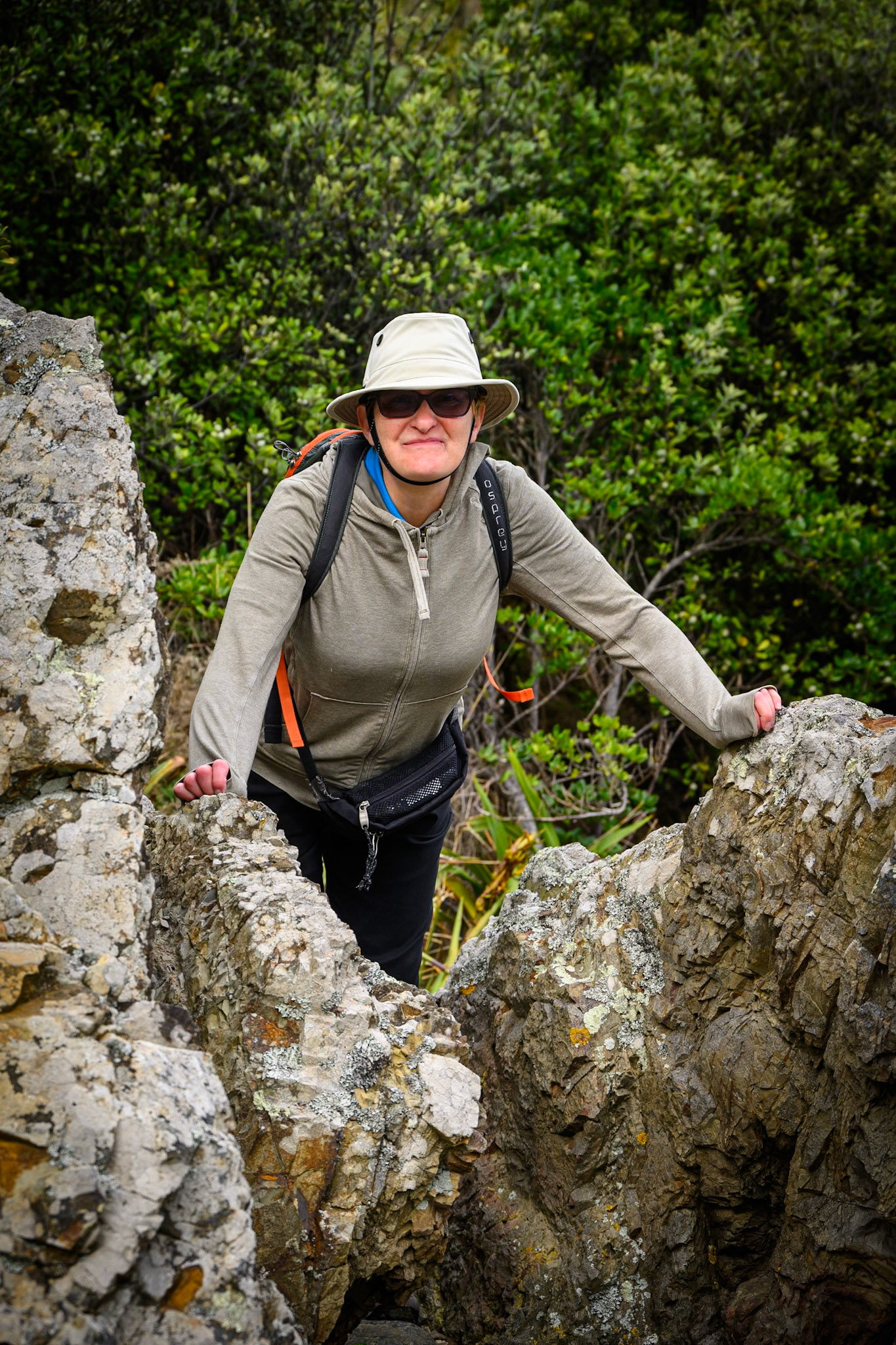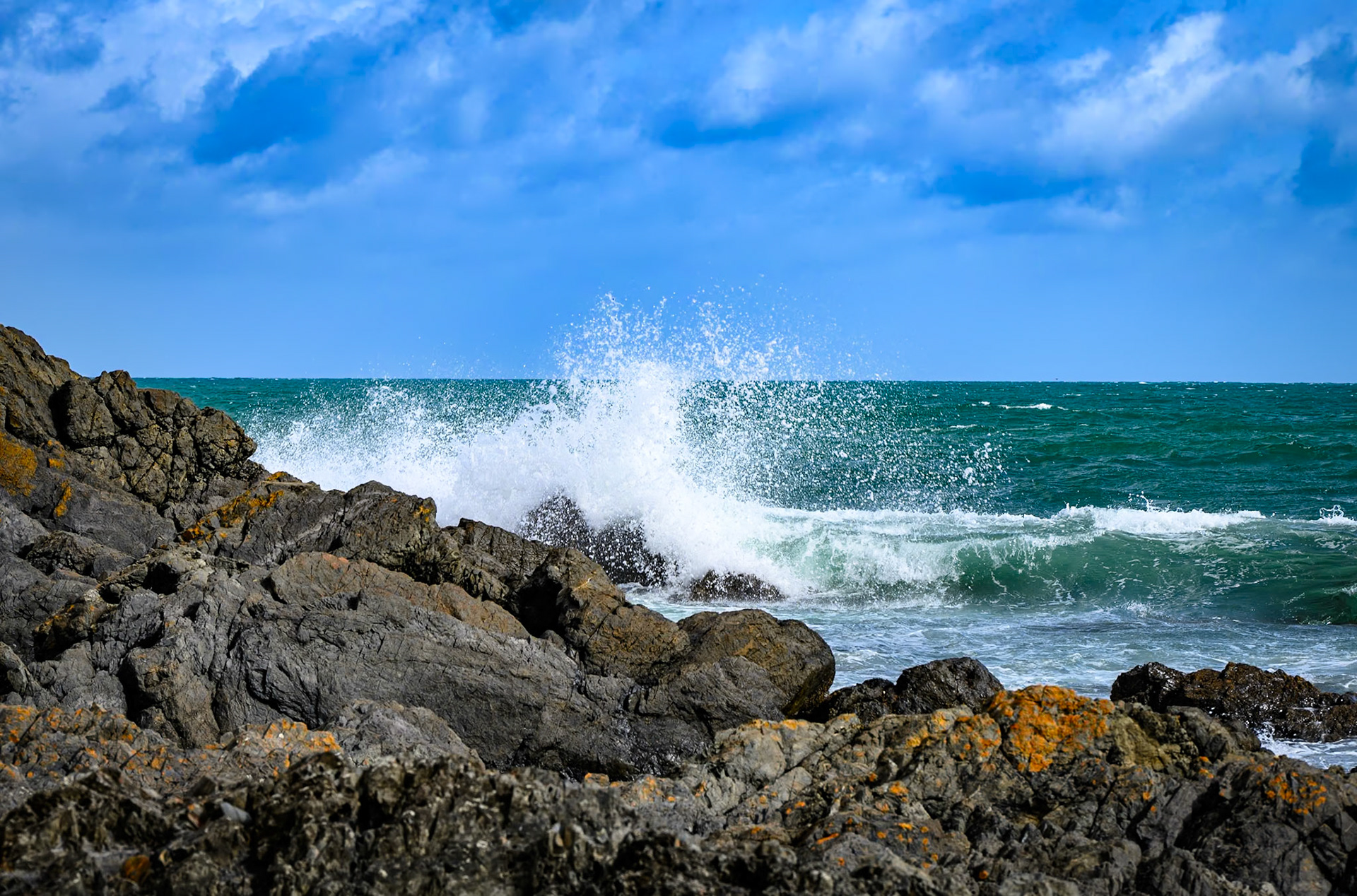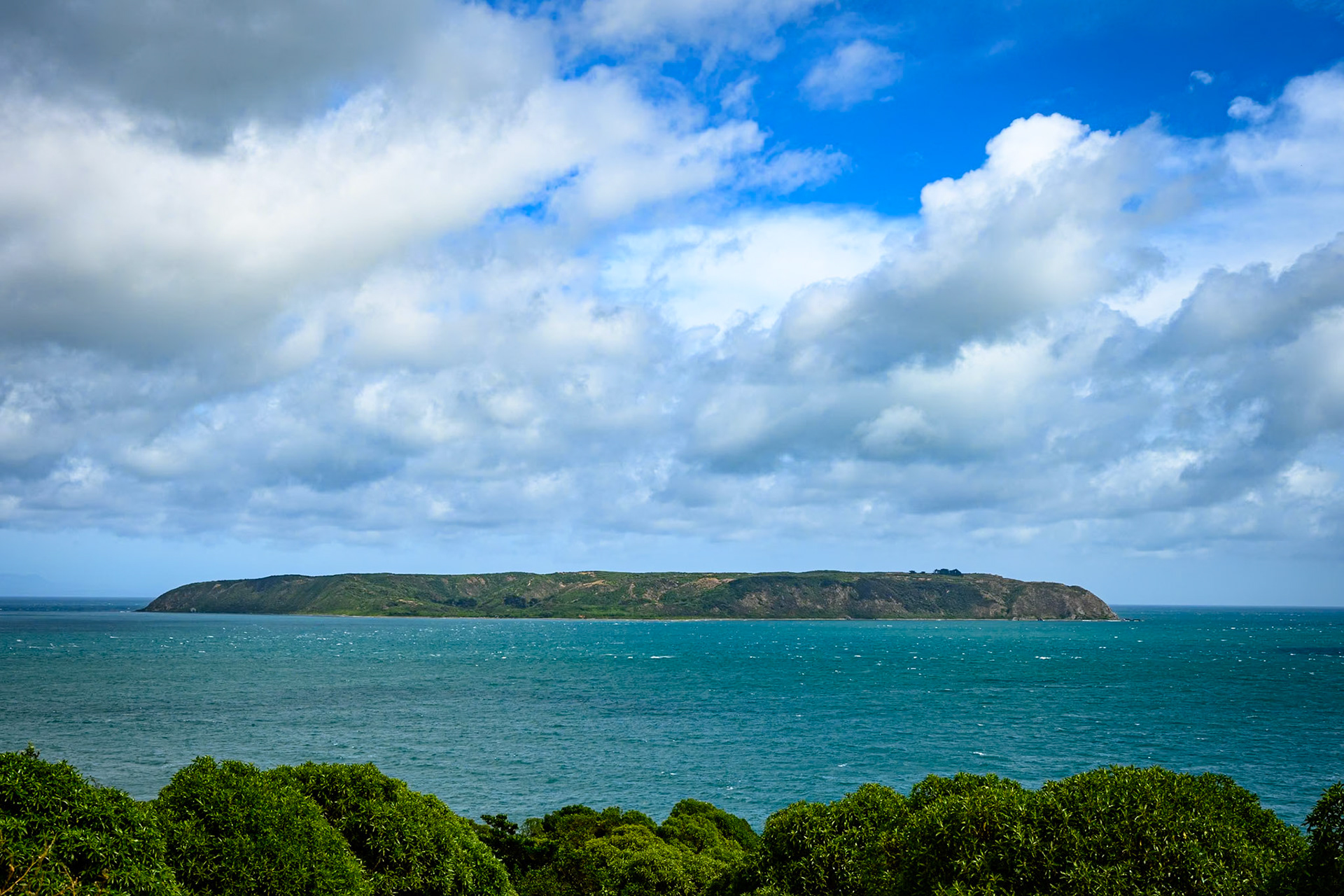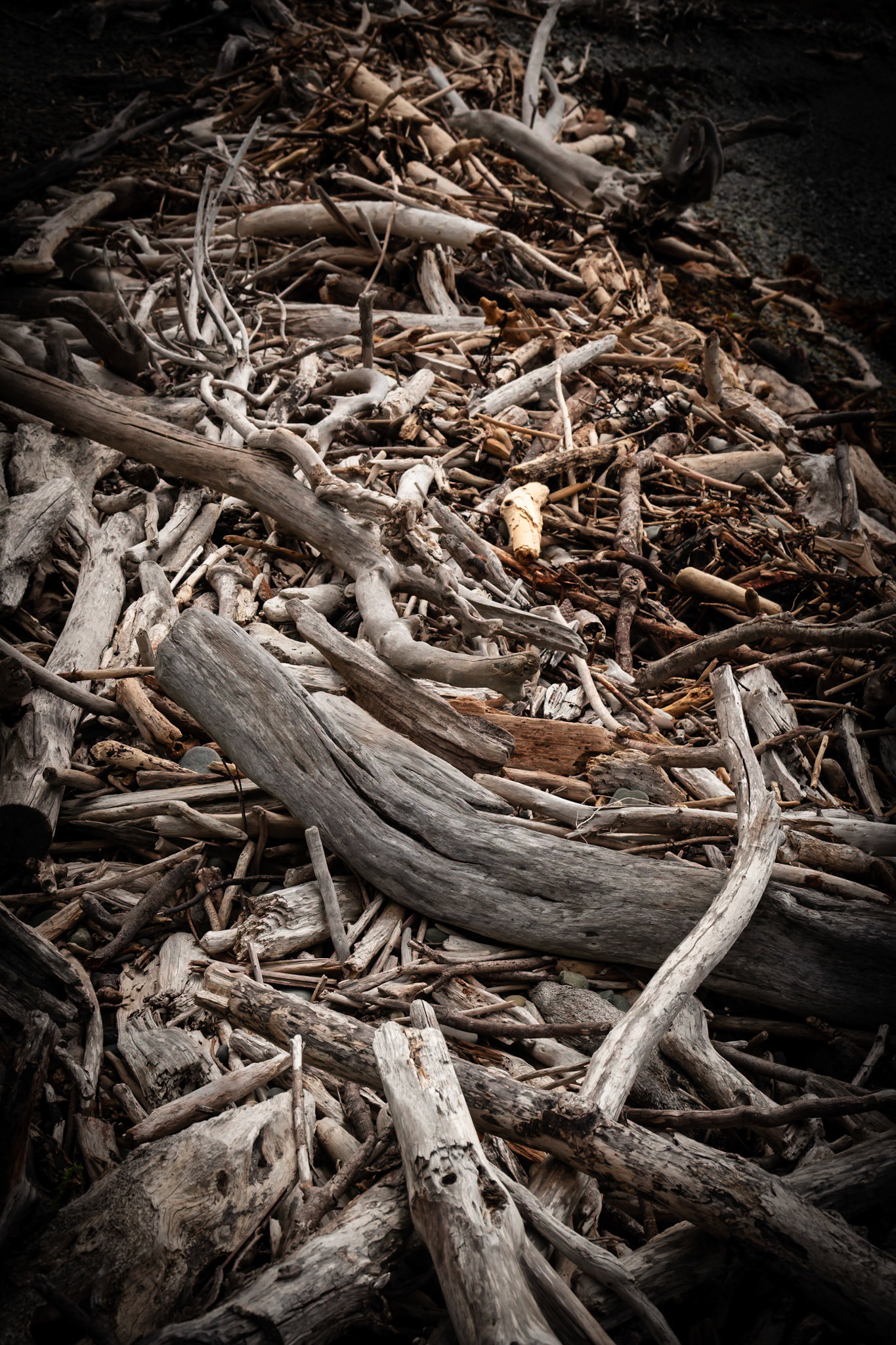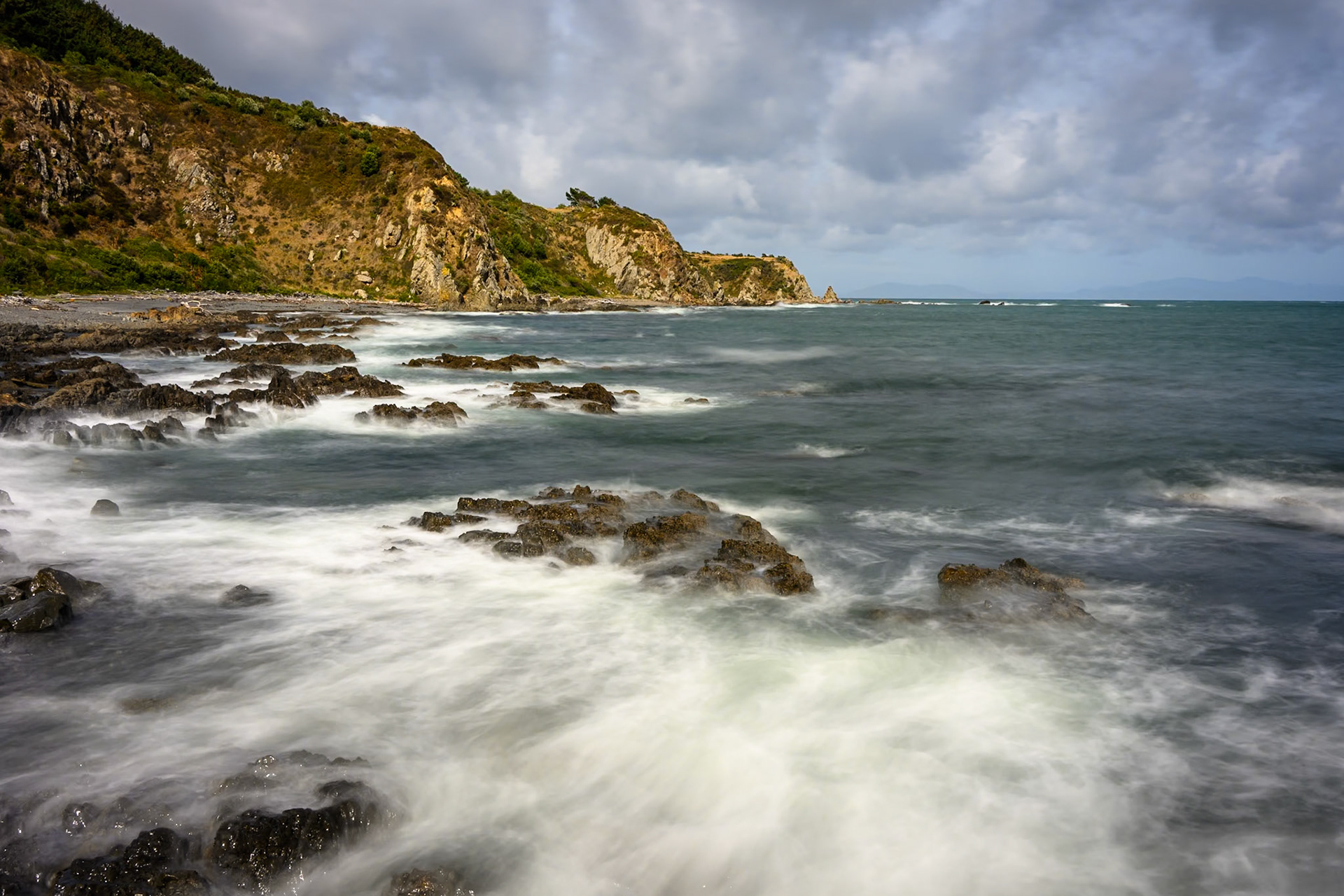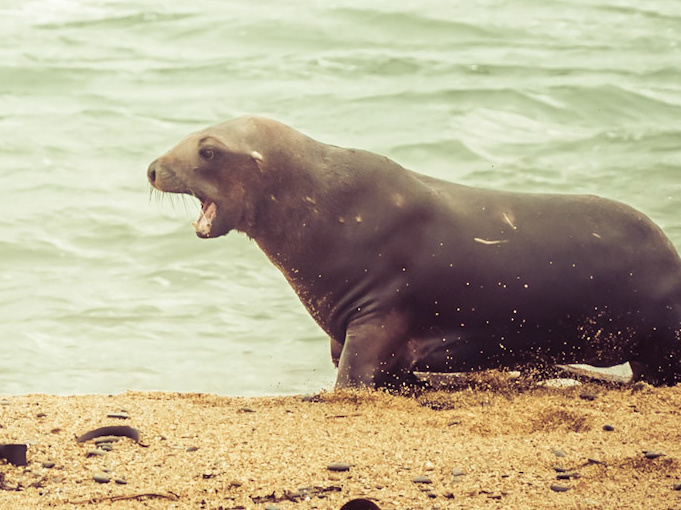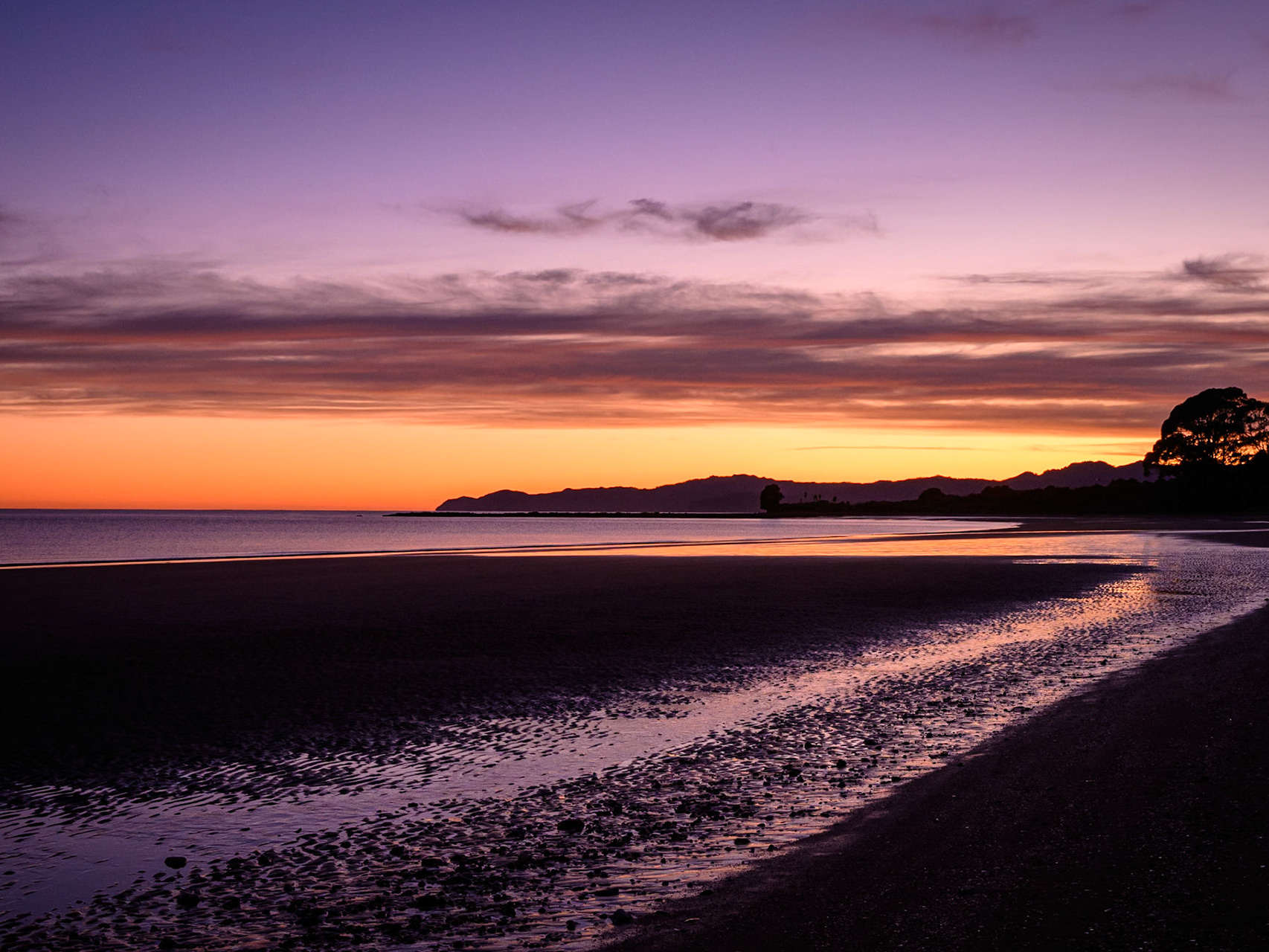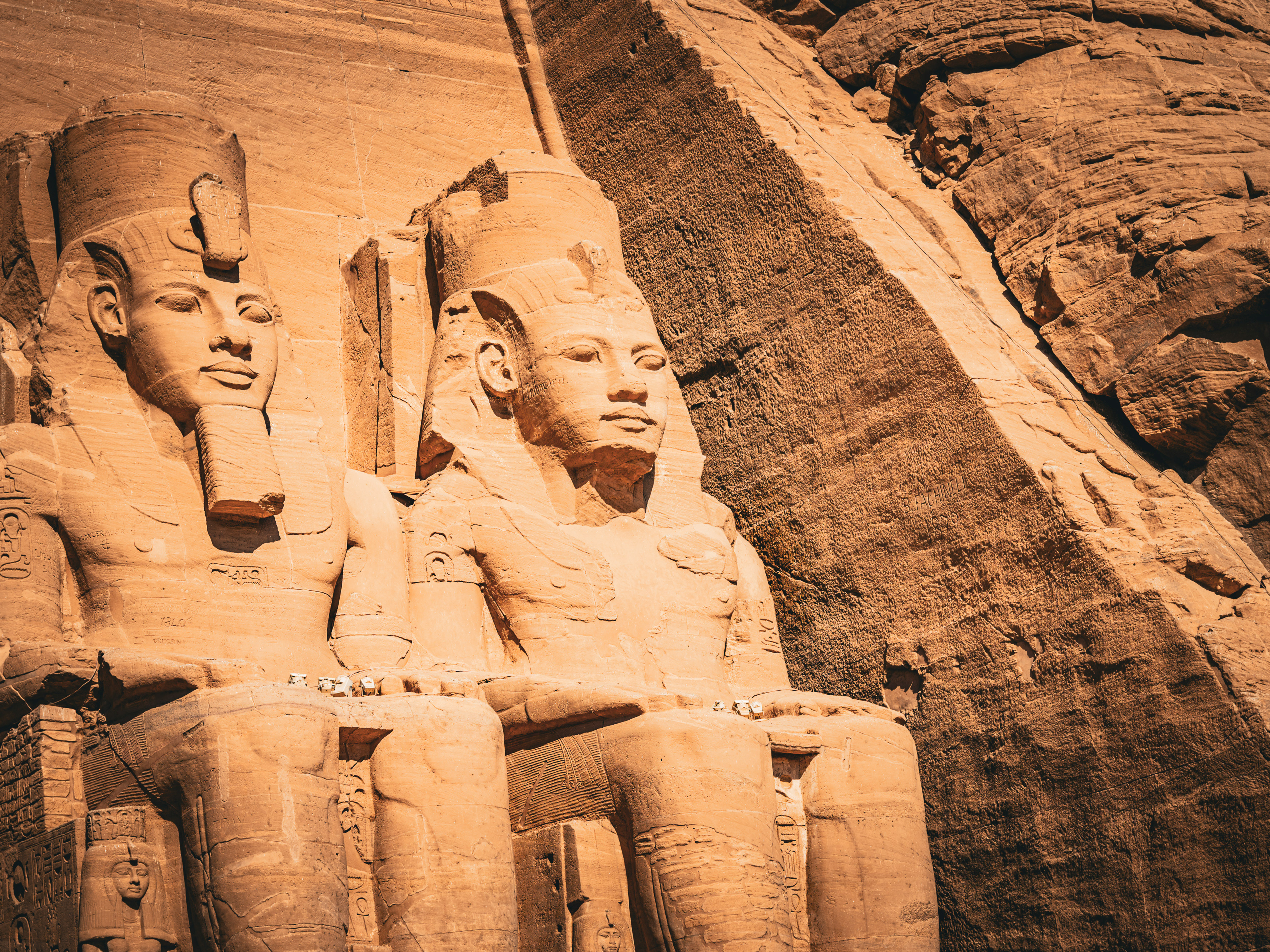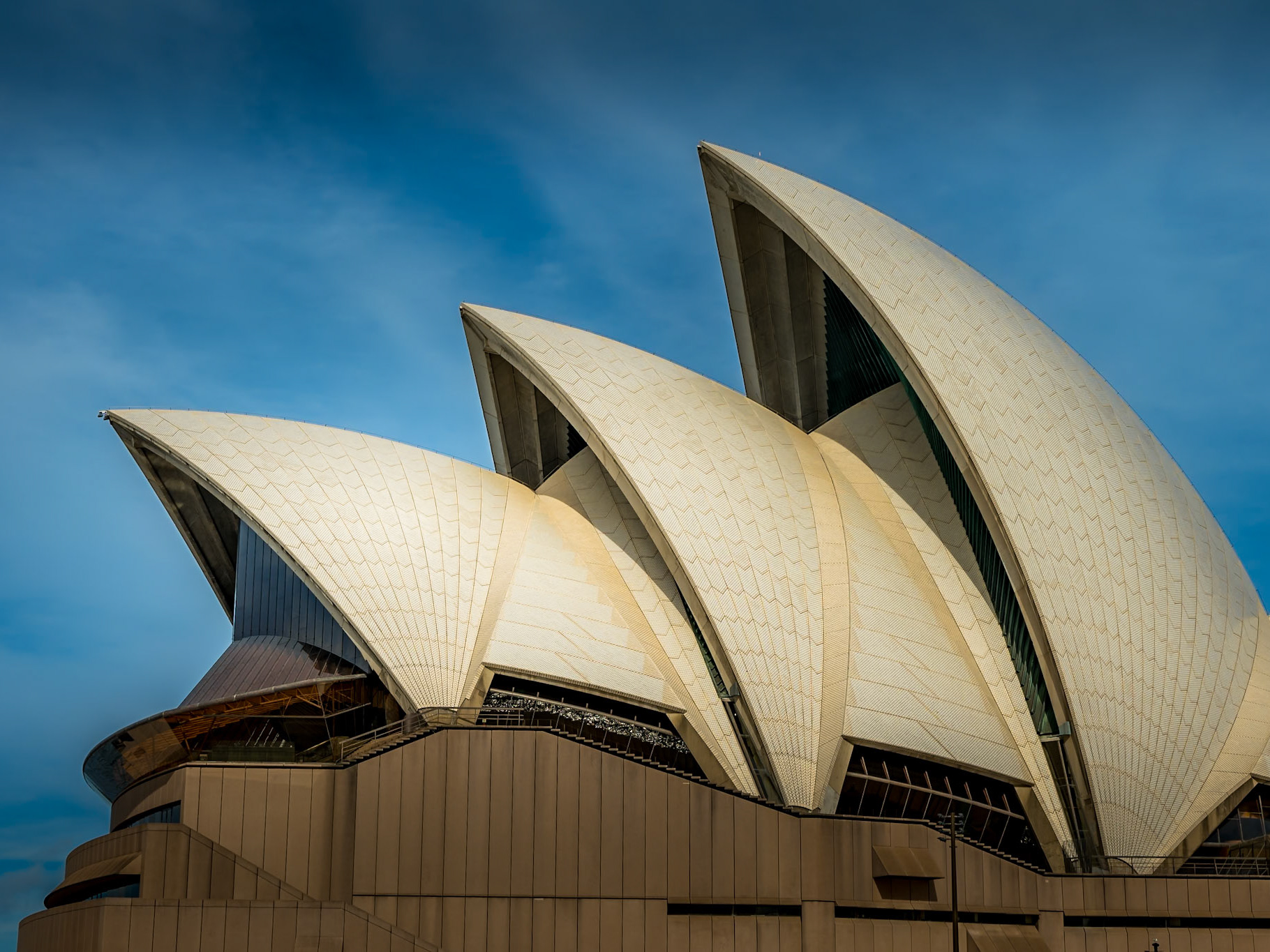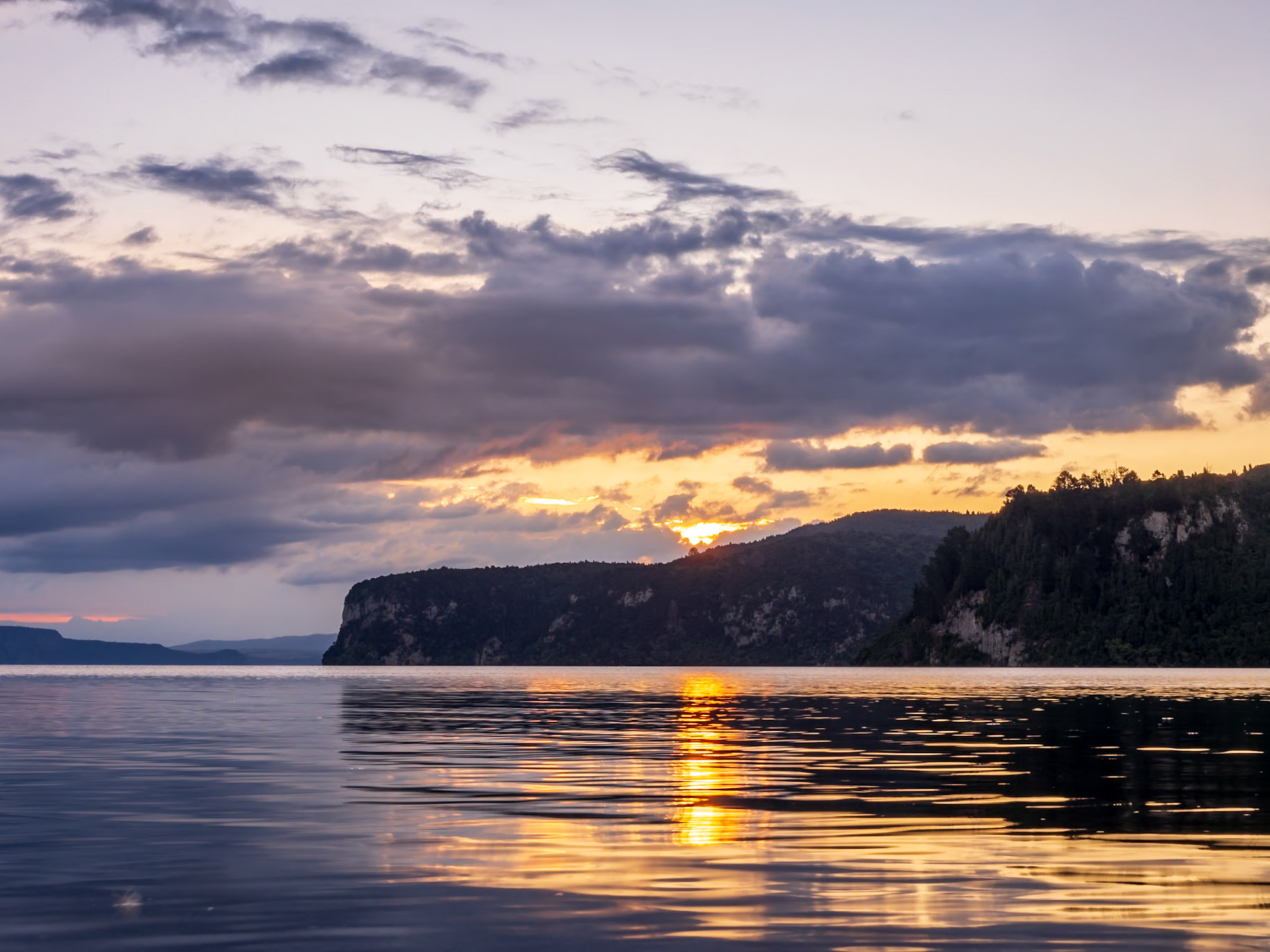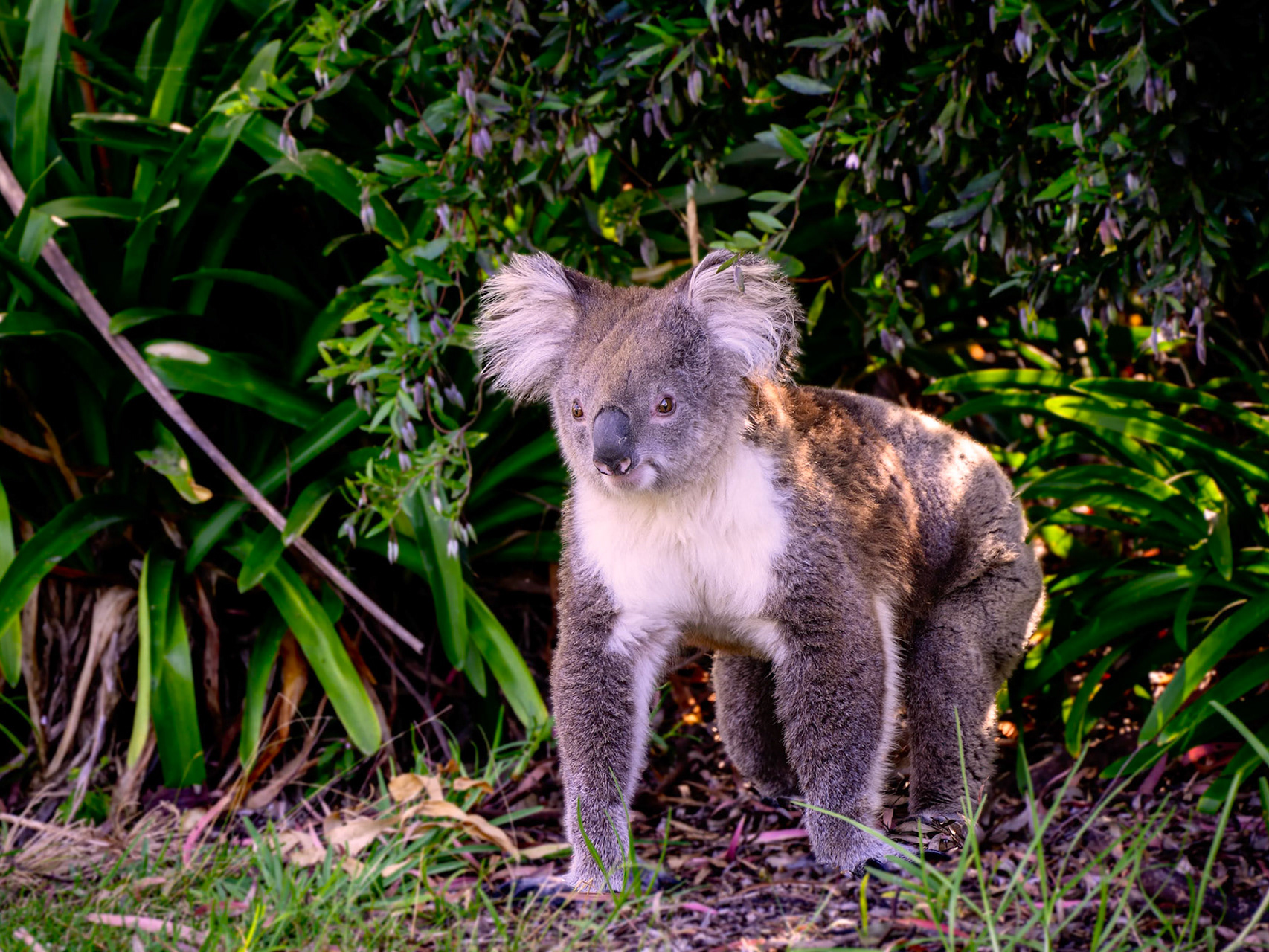After checking into our accommodation in Acacia Bay, we made our way to downtown Taupō ( Pronounced toe-paw). It was quite busy in the restaurants, especially if you wanted to stay indoors rather than in the 35° heat outside. However, we did find somewhere for a seafood salad for me, including all sorts of fish and shellfish cooked, or uncooked, in different ways, and a lamb ragout for Teresa (boring). We then looked into the various boat trips on the lake (the largest freshwater lake in Australasia), but as the weather forecast was suggesting strong winds the next day, we put off making a decision until the following day. Although the temperature dropped the next day, there was no appreciable wind, and we therefore went ahead and booked a sailing trip for the evening. In the meantime, we went to the Craters of the Moon, a geothermal area with steam venting through any crack in the ground. As we understand it, there are reservoirs underground which, due to the thinness of the earth’s crust as the tectonic plates abut against each other in this area, are heated, steam is generated which vents through any openings in the ground. At times, the temperature of this steam is greater than that of boiling water. Over the last 50 or so years, some of the hot water has been used for geothermal power stations, with the water then being returned to the reservoirs. Unsurprisingly, this has changed how much steam is vented, although it is claimed that in some places this has increased the amount of steam. Not sure how this is possible.
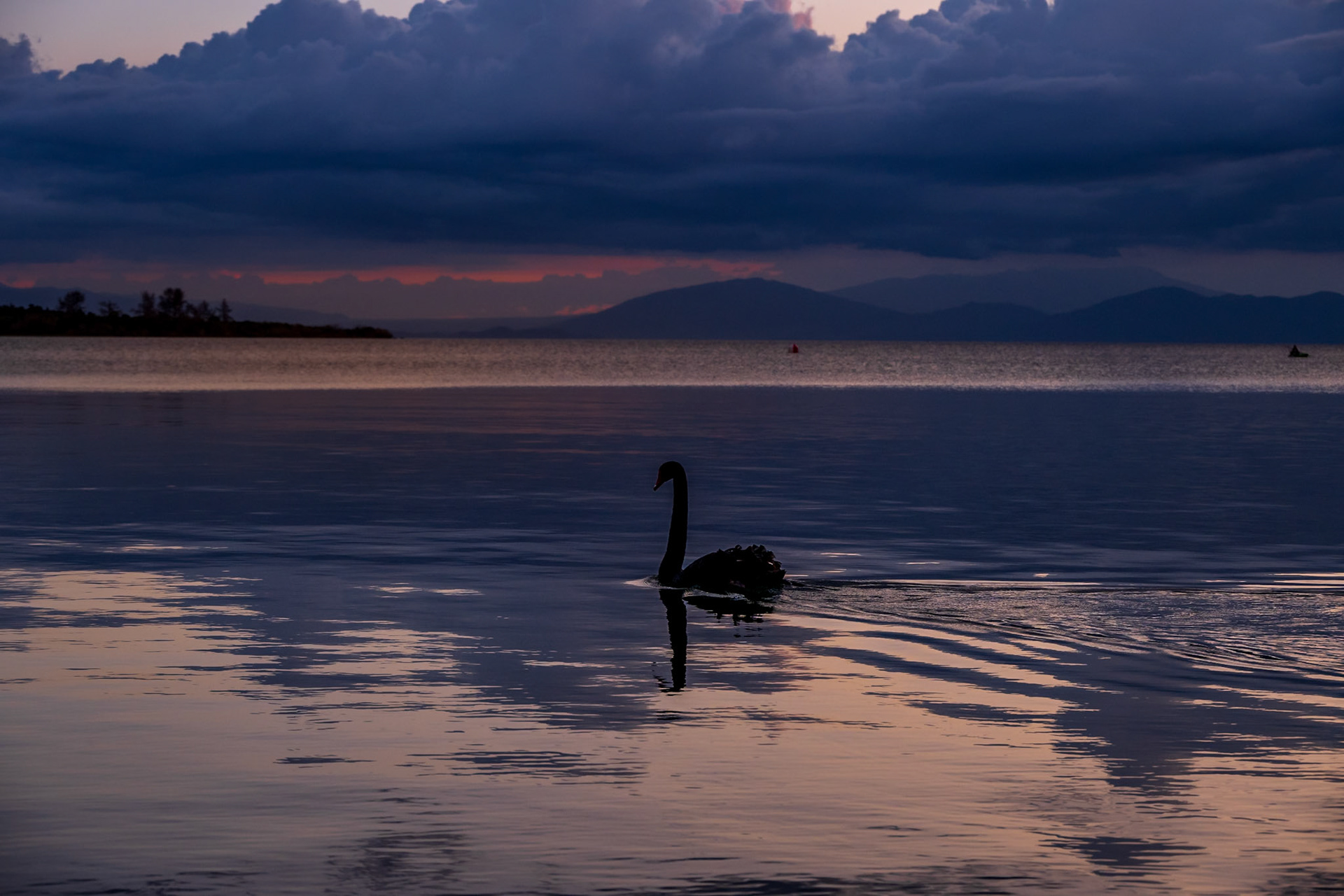

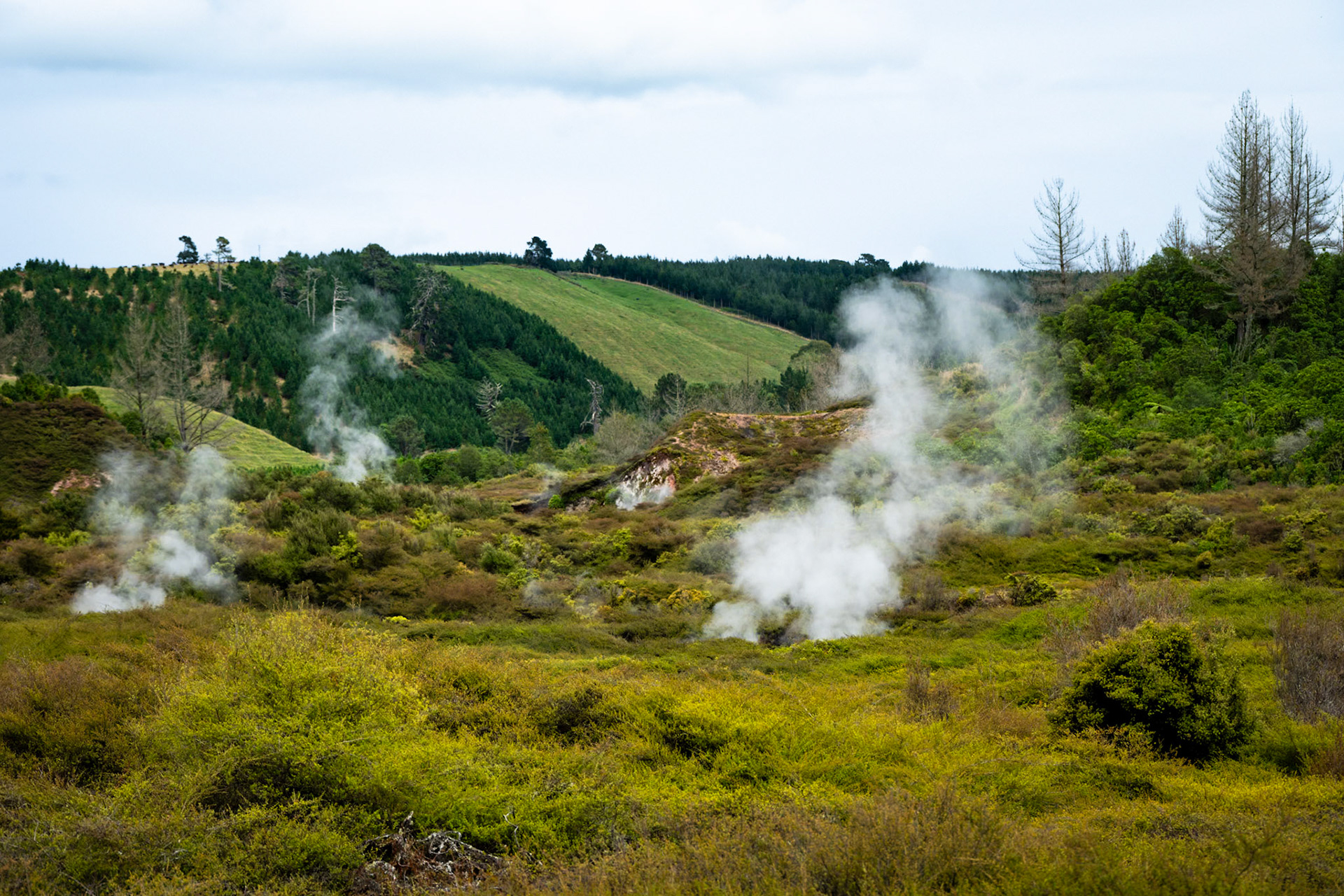

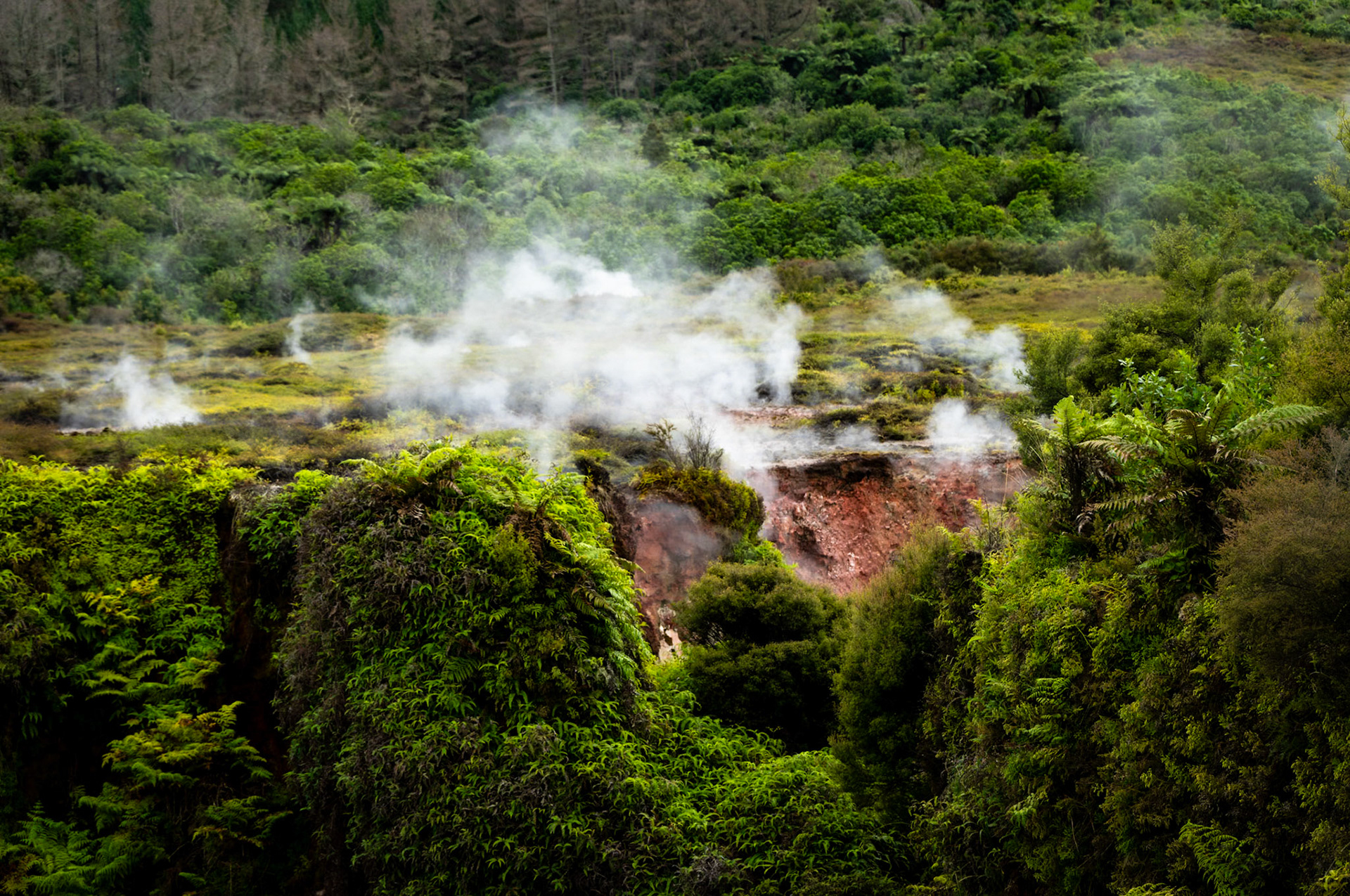
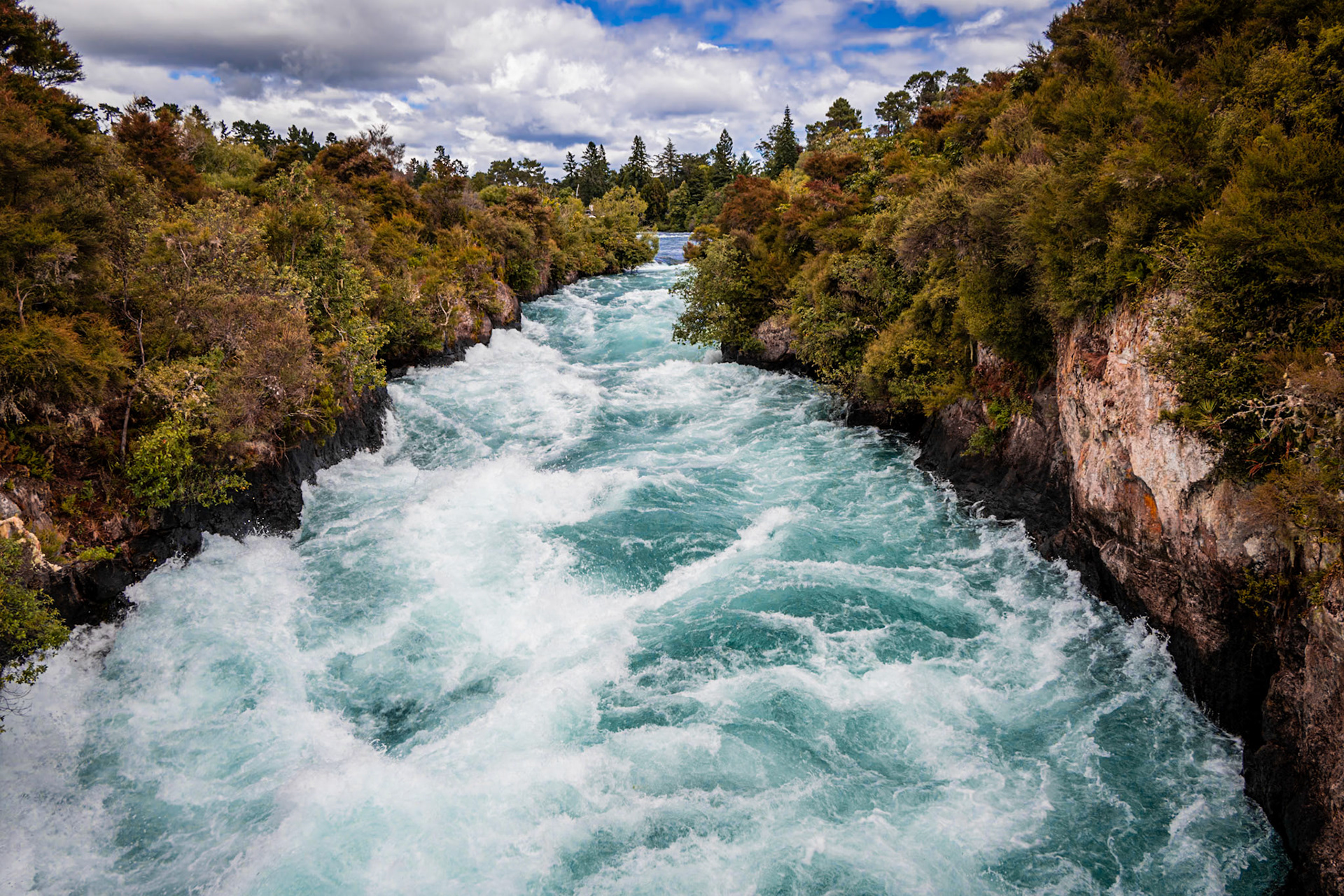
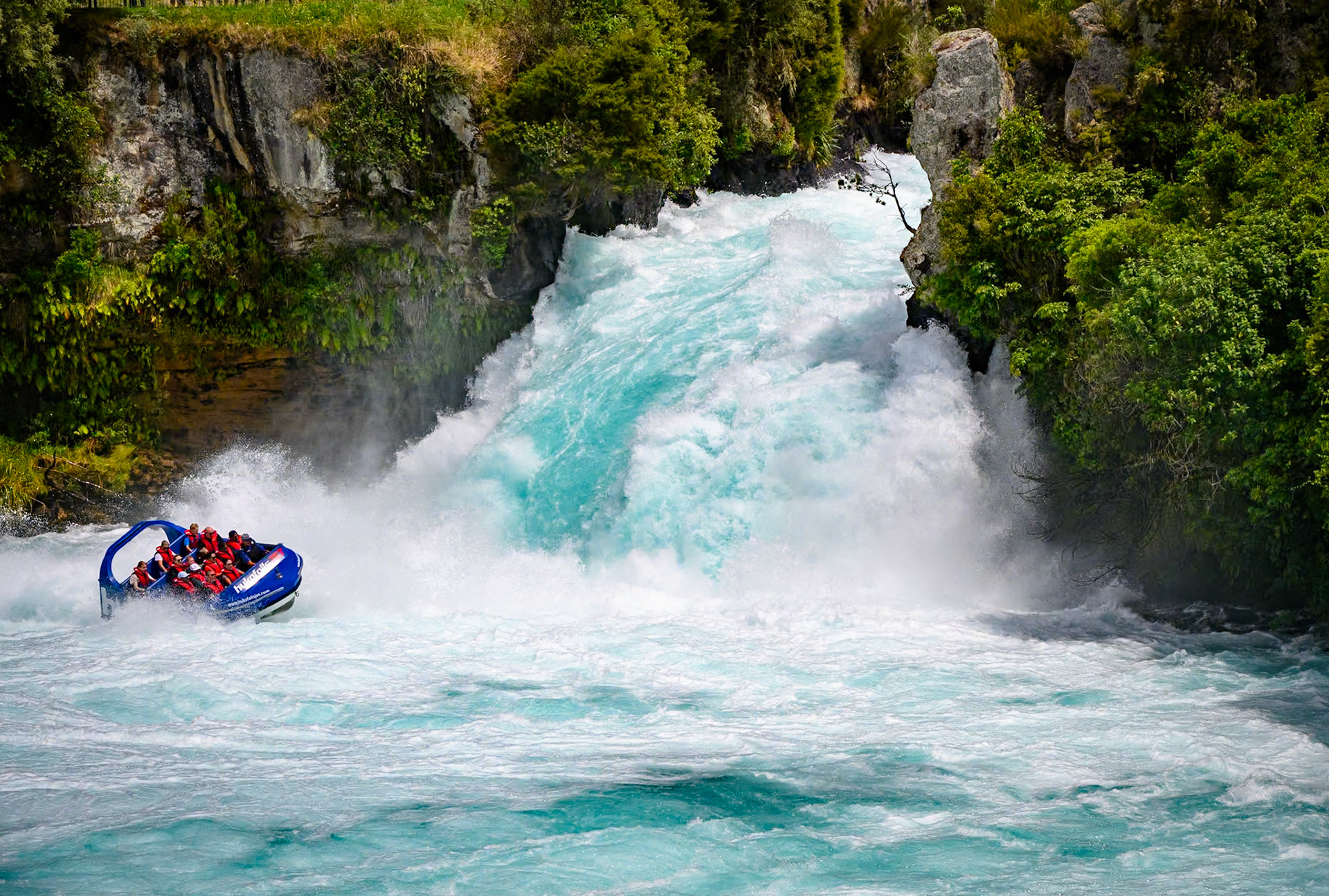
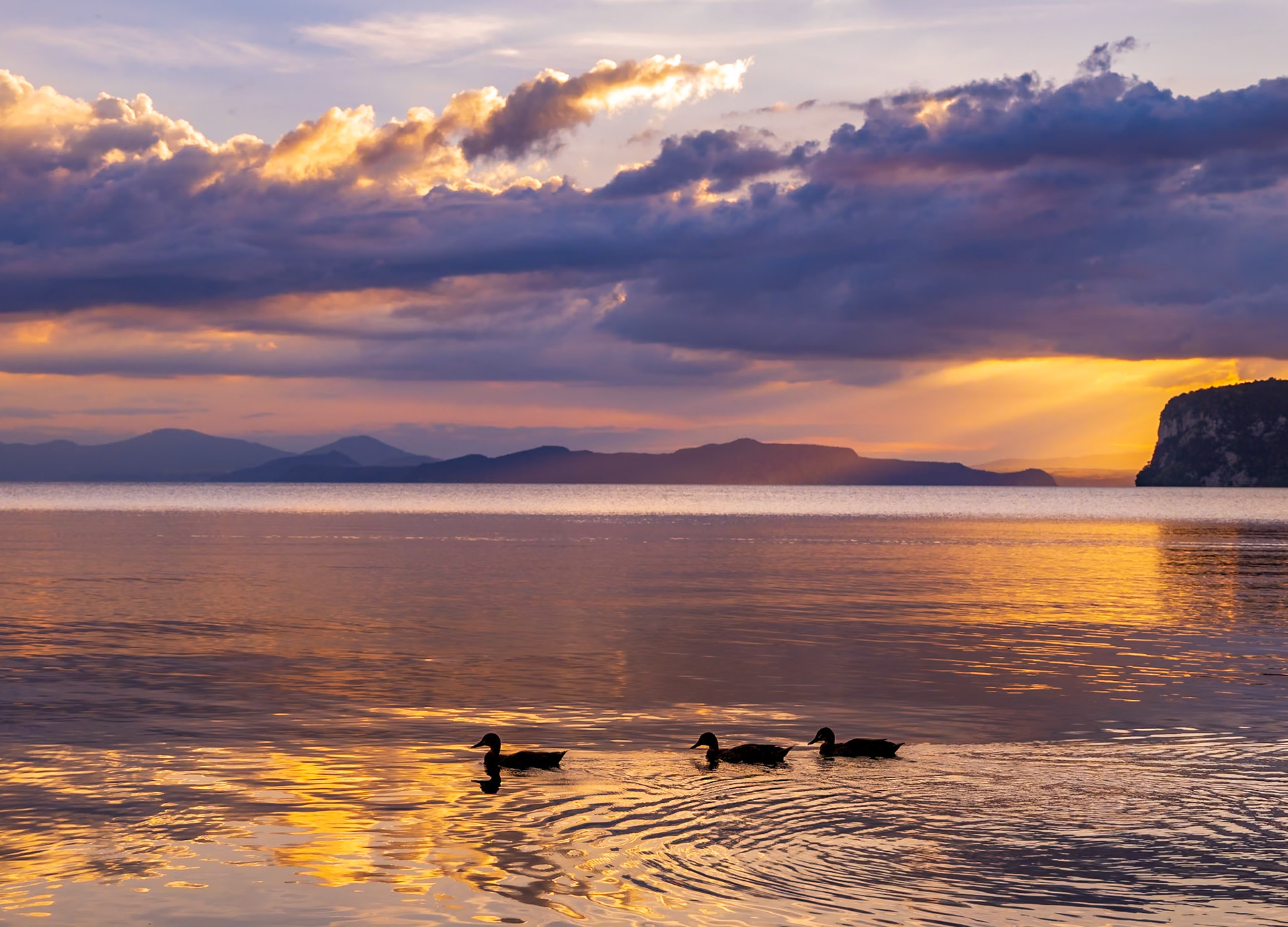
One of the main tourist attractions in the area is the Huka Falls. These are more like rapids then falls, with the water from the lake exiting through the only outlet, along the Waikato River and through a gorge. We were not expecting the water flow to be anywhere near as great as it was - perhaps we should stop moaning when it rains.
Our concerns that there may be too much wind for a boat ride were unfounded, as in fact there was no wind at all and although we were on a yacht, the sails did not go up at all, and we relied on engine power. We sat on the top of the boat, leaning or sitting on bean bags, as we cruised across the lake, hoping for a sunset, although not expecting to see one given the amount of cloud. After around an hour of cruising, and after having our pizza and drink, it was time for a swim near the 40 year old rock carvings - not quite ancient, but nevertheless impressive. As we cruised back to the marina, we were still missing the sunset, but instead saw the moon rising over Taupo, with a lightning storm coming behind us (which fortunately did not catch up until we had docked).
Before leaving Taupo, we felt it was necessary to stop off at McDonald's. Perhaps not quite the culinary treat of our trip, but it did coincide with Ipswich playing, and going to McDonald's for the football is a bit of a ritual. More importantly, this McDonald's had an aeroplane attached to the restaurant, with seats inside for eating your breakfast.
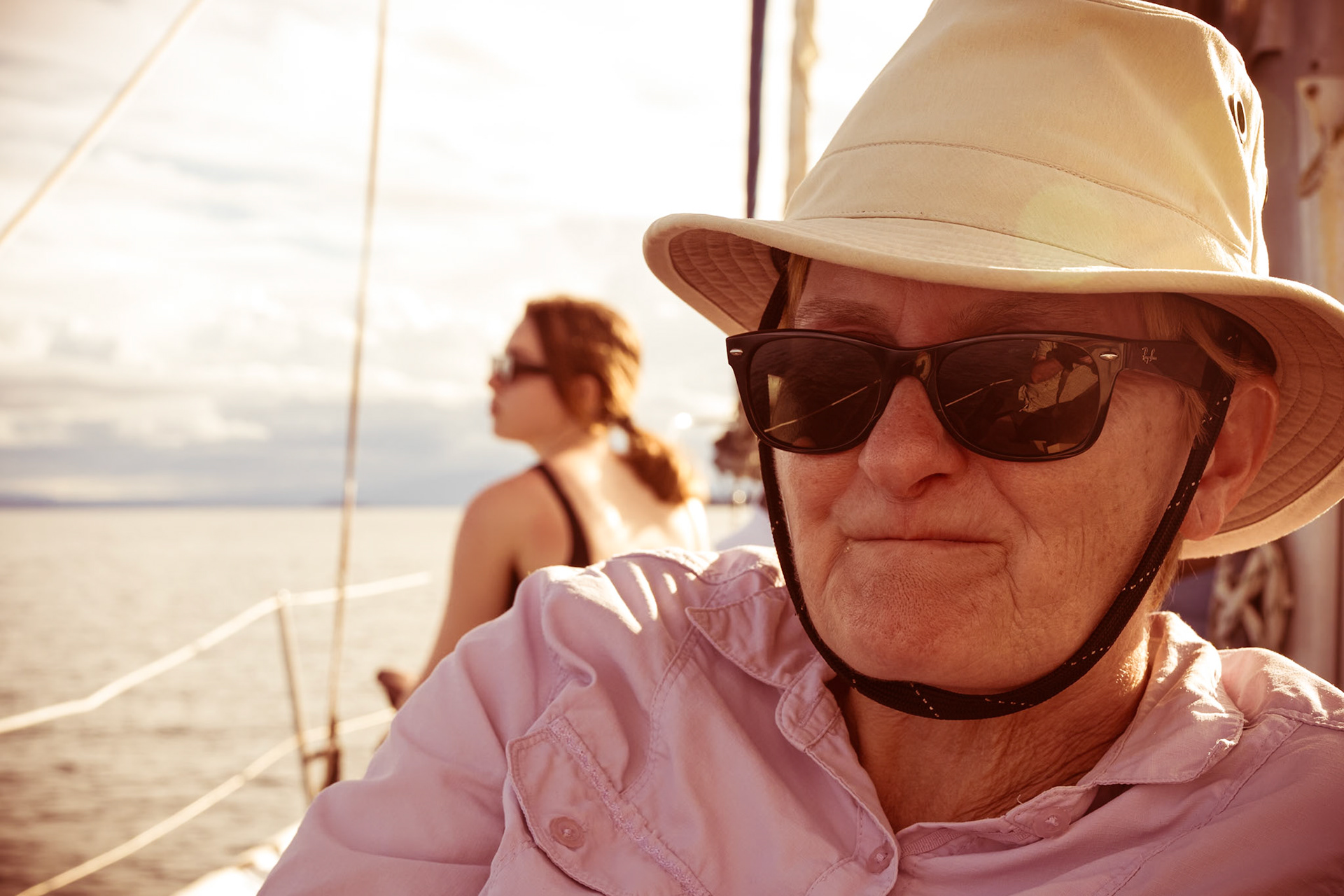
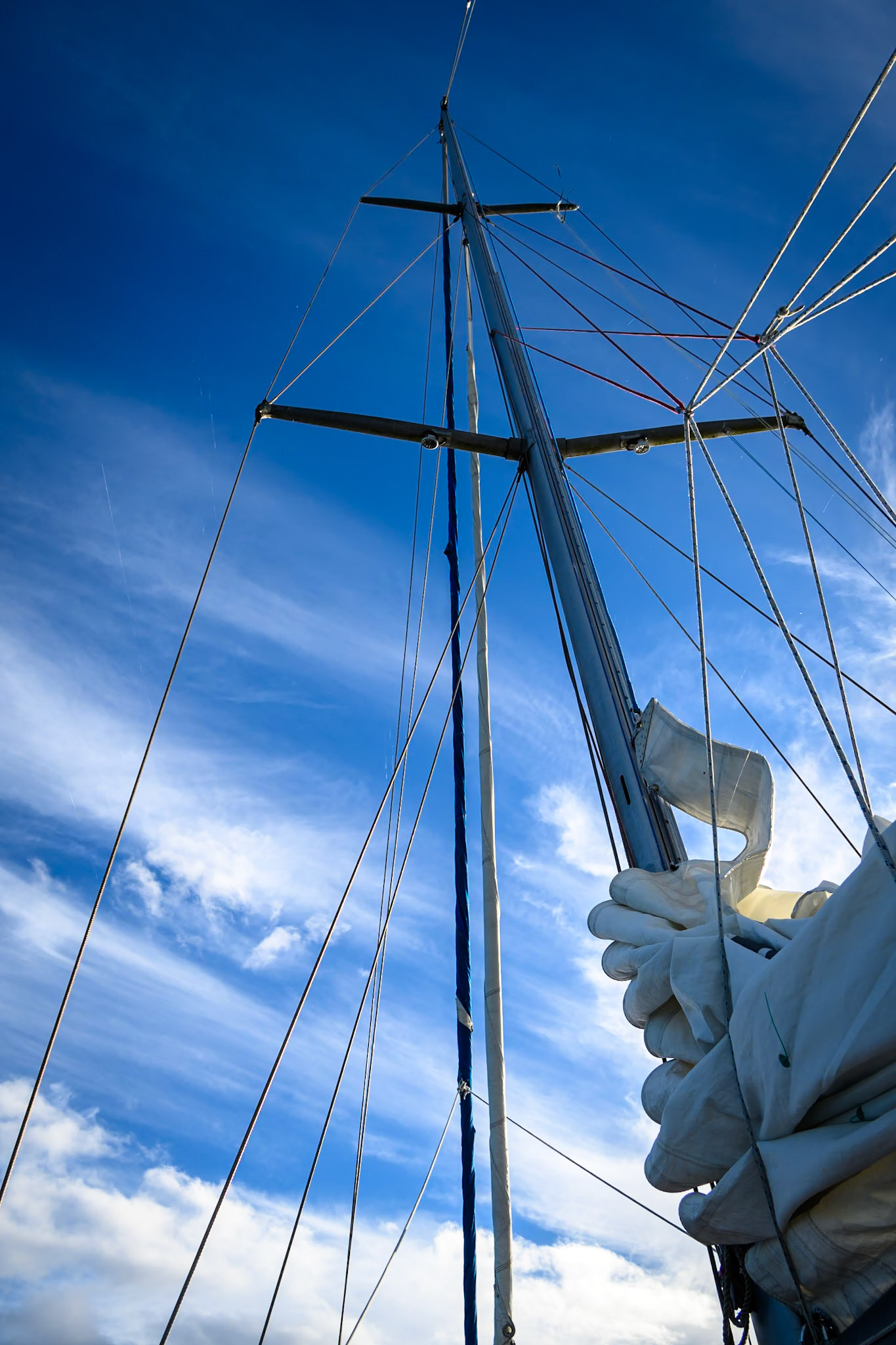
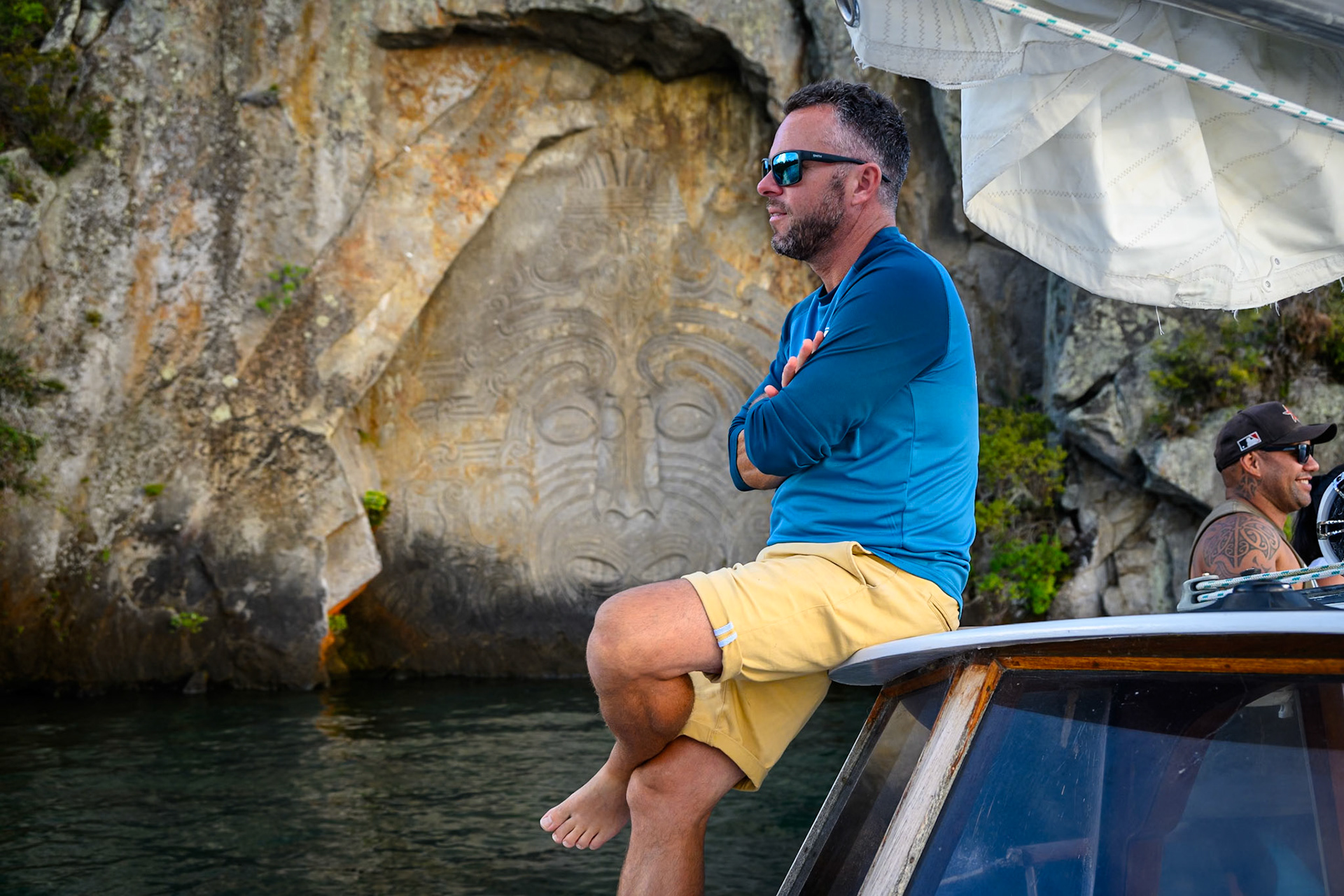
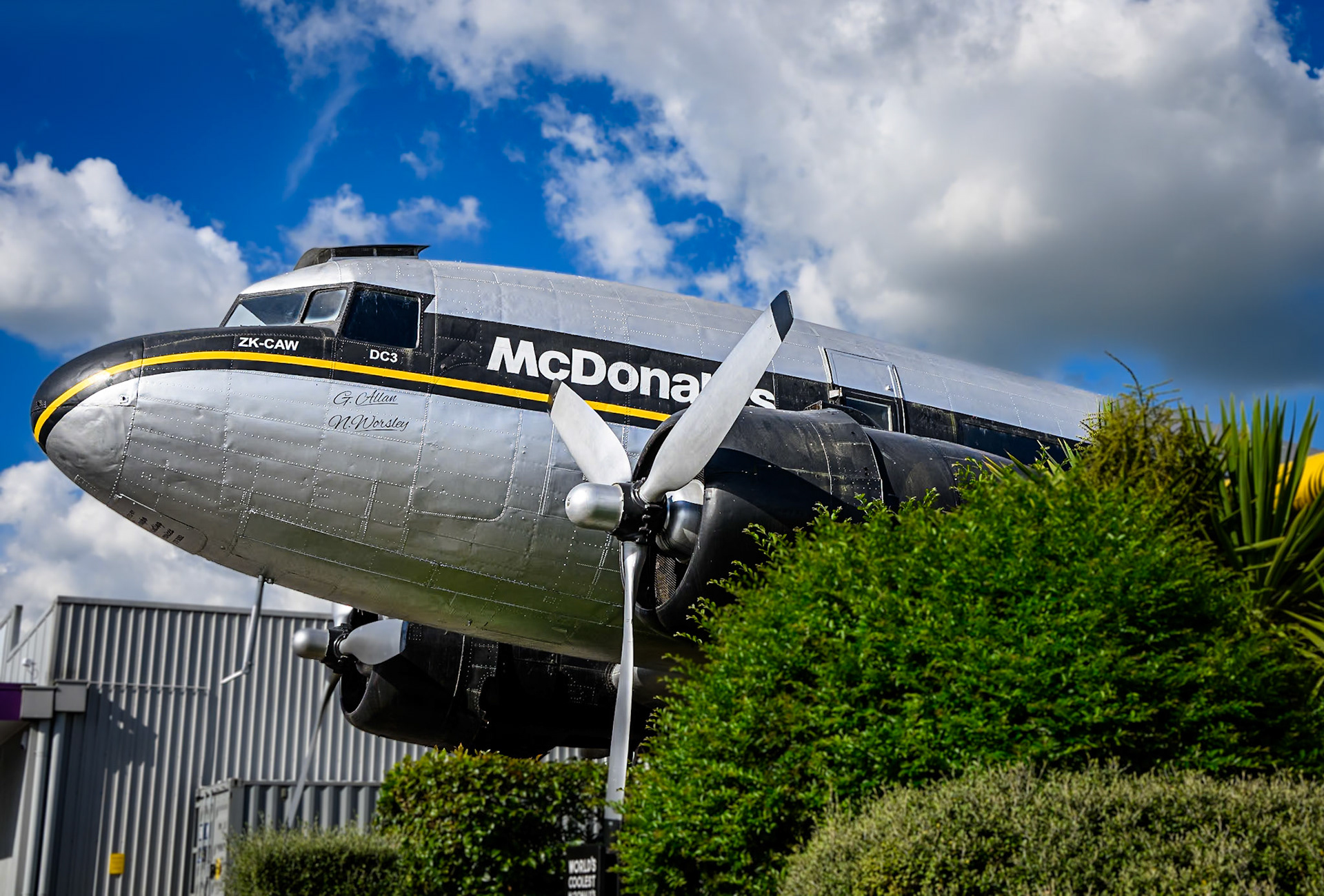
It was then further South, following beside the lake, and into the mountains. From Taupo, we headed along beside the length of the lake, stopping for the occasional wander (and coffee). On the way, we met some extremely friendly ducks, picked up some pieces of pumice stone from the volcanic activity that created the lake (it was originally the crater of a volcano), which were so light you would hardly believe it was rock.
We had heard about the trans Alpine Crossing, a very long hike across the mountains. We saw the sign for this and so decided to take a look. Some fifteen miles later, along a largely unmade track, we arrived at the starting point for the walk, to be greeted with signs suggesting that the weather conditions were such that the walk should not be attempted. Whilst we had no intention of doing the full walk, the warden suggested that it would not be the best walk to do, and so we decided to leave it for the day and go on to our accommodation in Horopito, near Ohakune.
The accommodation was truly stunning, a log cabin with a central staircase to the bedrooms upstairs, with a hot tub (a big bath with some water jets) on the decking. We immediately wished that we were staying for more than the scheduled two nights, especially as there was also a washing machine and under cover washing line, but when we checked it was booked for the night after our stay and so this was not possible. We went into Ohakune for dinner just as it started to rain. We therefore stopped at the first place we found for food, and regretted it since it was by far the worst food we have had on our trip so far.
The following day, the weather was much better. We therefore started by heading back towards the trans Alpine Crossing with the intention of starting a walk to see some nearby waterfalls, and then doing a bit of the crossing later in the day. Unfortunately, the road was closed for road works and the only option was to drive nearly two hours around the other side of the mountains. We therefore decided a change of plan was in order, and so headed back to Ohakune to do two walks by the river, the first largely through forest, and the second heading to a waterfall. We stopped for a long time at the waterfall while we ate our lunch, and while I took far too many long exposure photos, most of which required me to be standing in a very cold river with bare feet, the water being recently melted snow coming over the waterfall. As part of this walk, we were able to see the snow capped mountain of Ruapehu. We then went back to Ohakune for a much better meal than we had the day before - the biggest chocolate eclairs you can imagine. By this time, it was nearly 4pm and so the road was supposed to have reopened. We therefore headed back north towards the waterfalls that we had intended to visit first thing, close to Mount Ngauruhoe, which you could certainly see was once a volcano. There was a slight delay in opening the road, but we were still in time to do a two hour walk to see the Taranaki Falls, albeit from a distance.

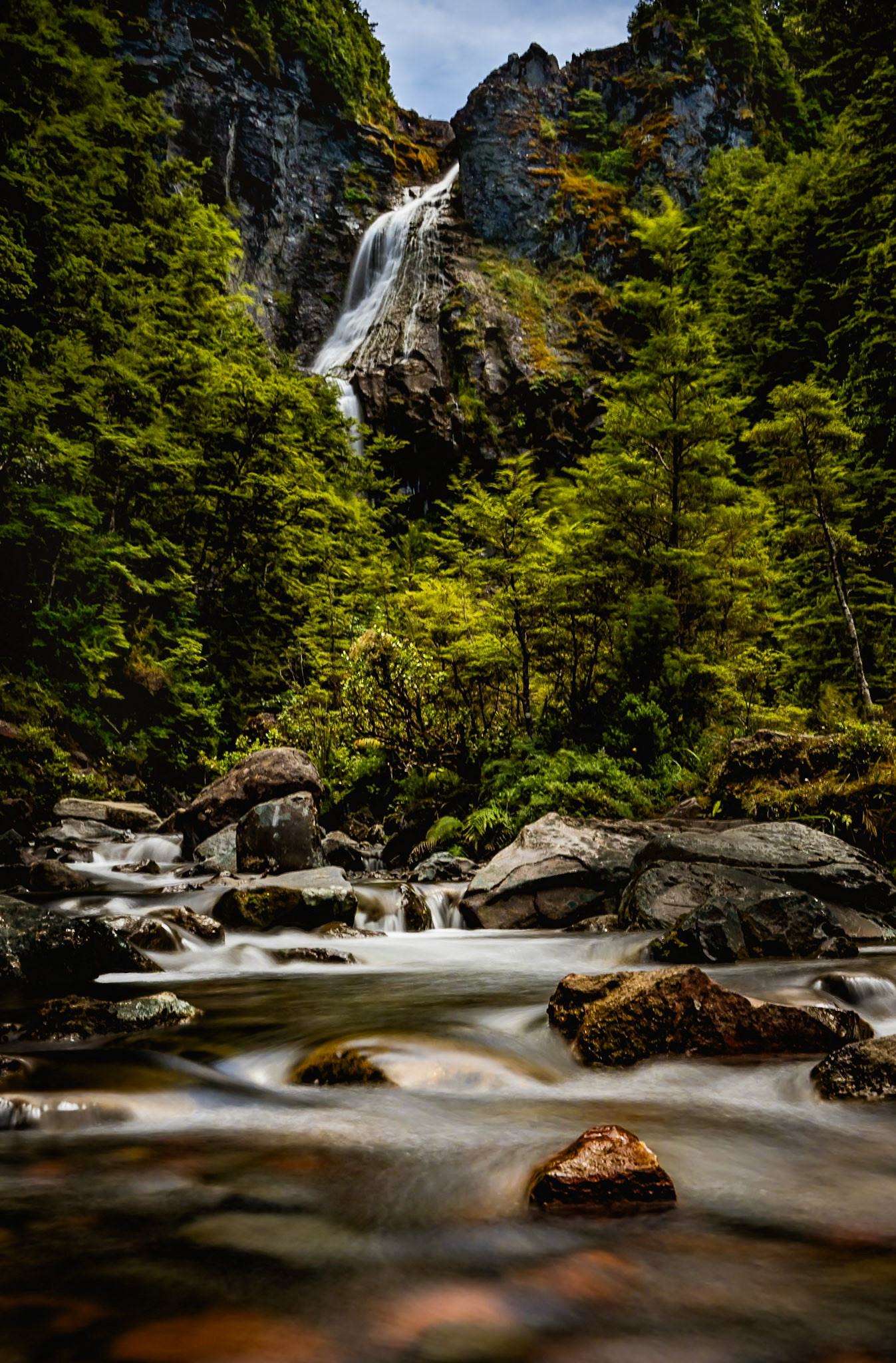
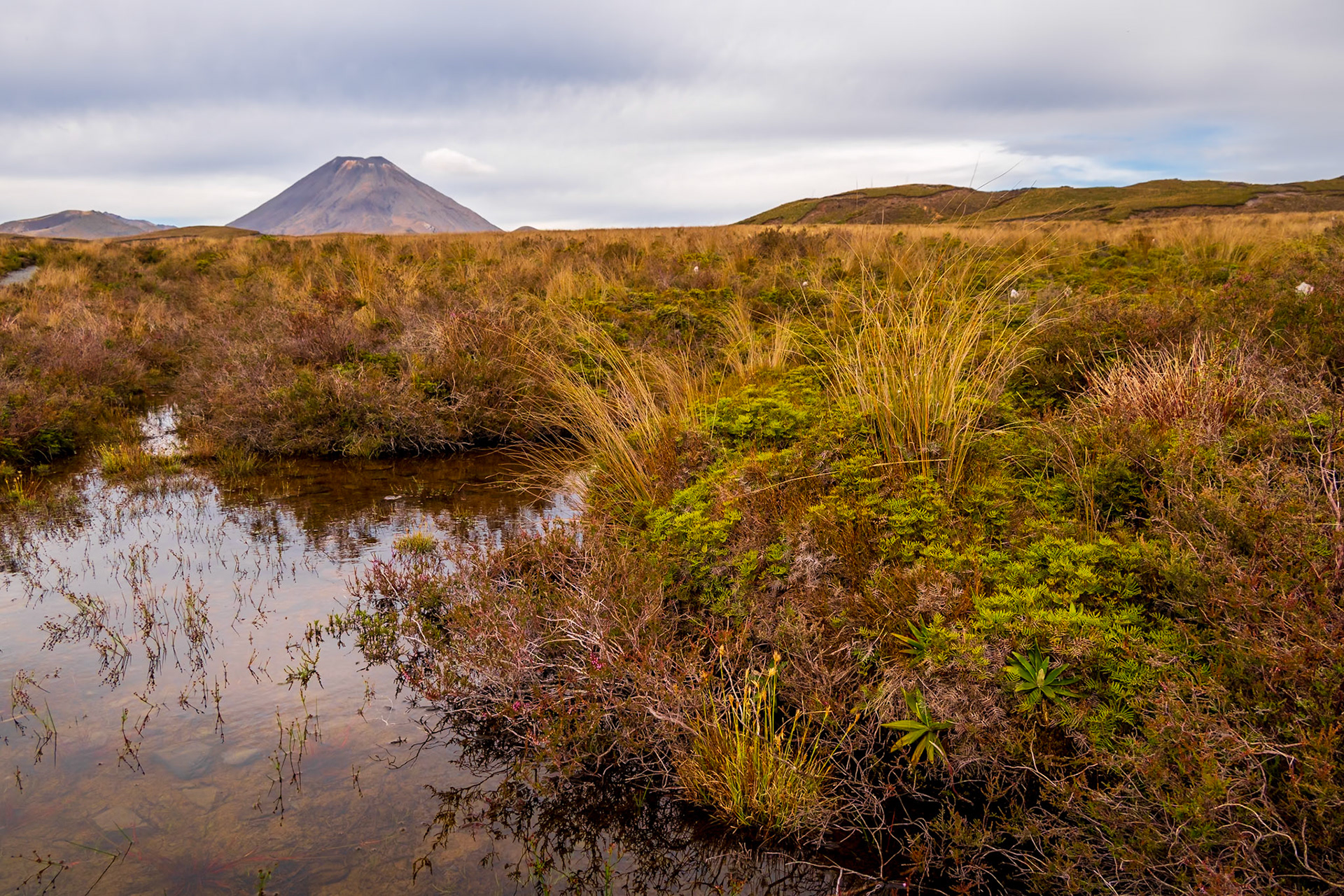
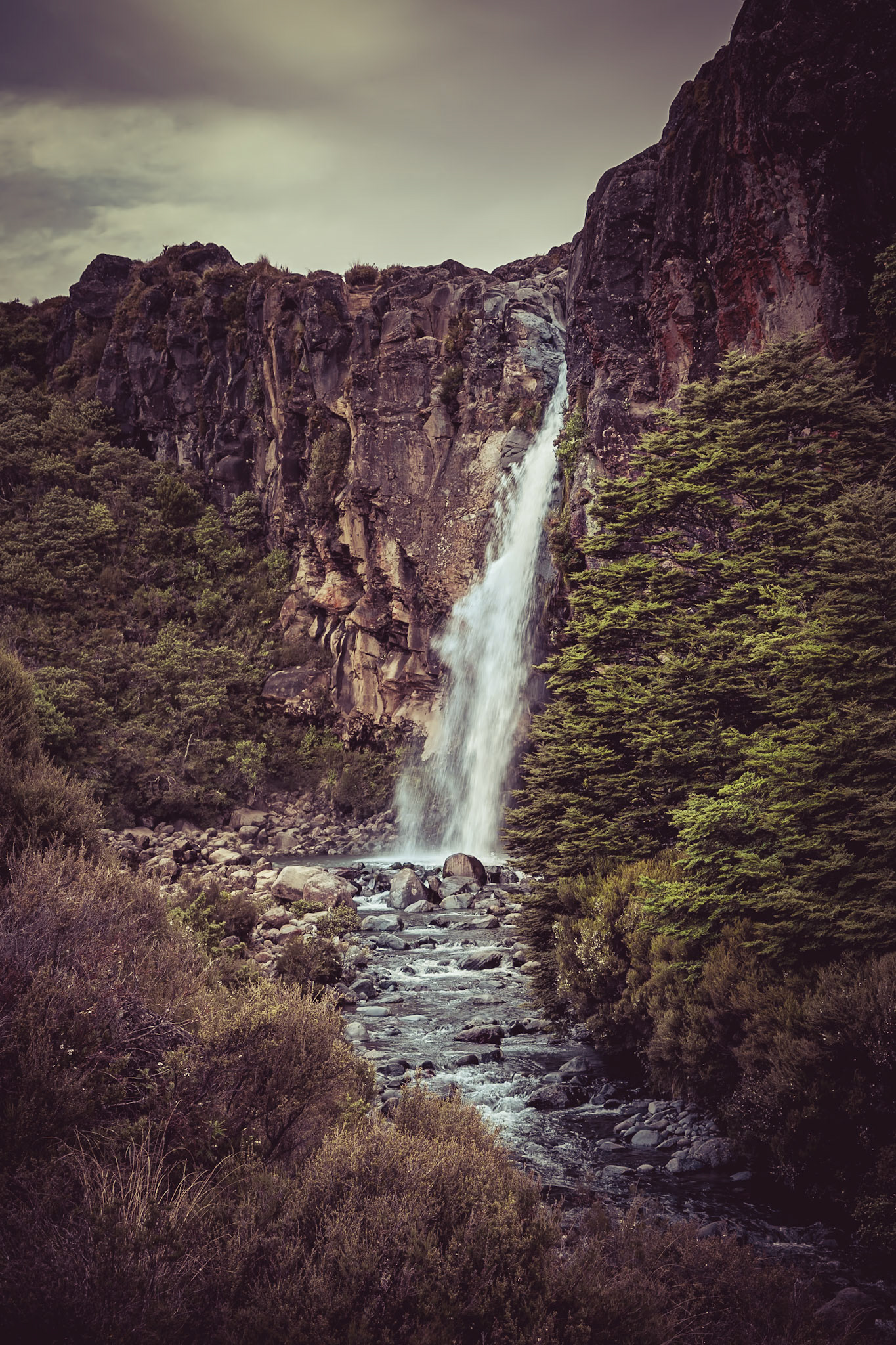

The next day, as we were to move on to Foxton Beach on the west coast, we made a final trip to Ohakune, this time for a very nice breakfast. It seems there is only one place in town where the food is bad, and that was the one that we picked for our first meal.
On our way to Foxton Beach, we took a detour to drive beside the Whanganui river. A short distance off the main highway, we had a lovely view over the valley at the Aramoana viewpoint and then drove on for a walk. It looked as if we could have driven down a large part of the riverside road rather than taking the main highway from Ohankune - but it would have taken us much longer and we probably would not have had time for a walk. We then stopped briefly in Whanganui - the trip would have been no worse if we had not made this stop.
At Foxton Beach, we were staying in a bach, We understand that this is New Zealand slang for a small holiday home, originally short for bachelor pad but now used much more generally. This particular bach was not that small, having three bedrooms, and a large living area. It was also within a couple of minutes walk of the beach, and so after watching the sunset on our first evening on the beach sitting on deck chairs we brough from the bach and whilst eating fish and chips, we had a long walk along the beach the next day, including a swimming stop. Of particular interest on the beach were the fishermen. The beach is also a road and so there were people driving onto the beach. The fishermen, generally in their 4x4s, set up a fishing line with at least 20 baited hooks, and then had a propeller driven float (they called it a torpedo but it actually went along the surface) which has GPS which they programme to go out about a mile from the beach, drawing the line behind. They then leave this for about an hour and then have a powered winch on the back of their car which they use to draw the line in, hopefully including some snapper or other fish on the hooks. We chatted with a couple of the fishermen to find out how this worked. in the evening, after eating at the restaurant a couple of doors down from our accommodation, we went to the estuary to look for birds, and saw some royal spoonbills and masked lapwings.
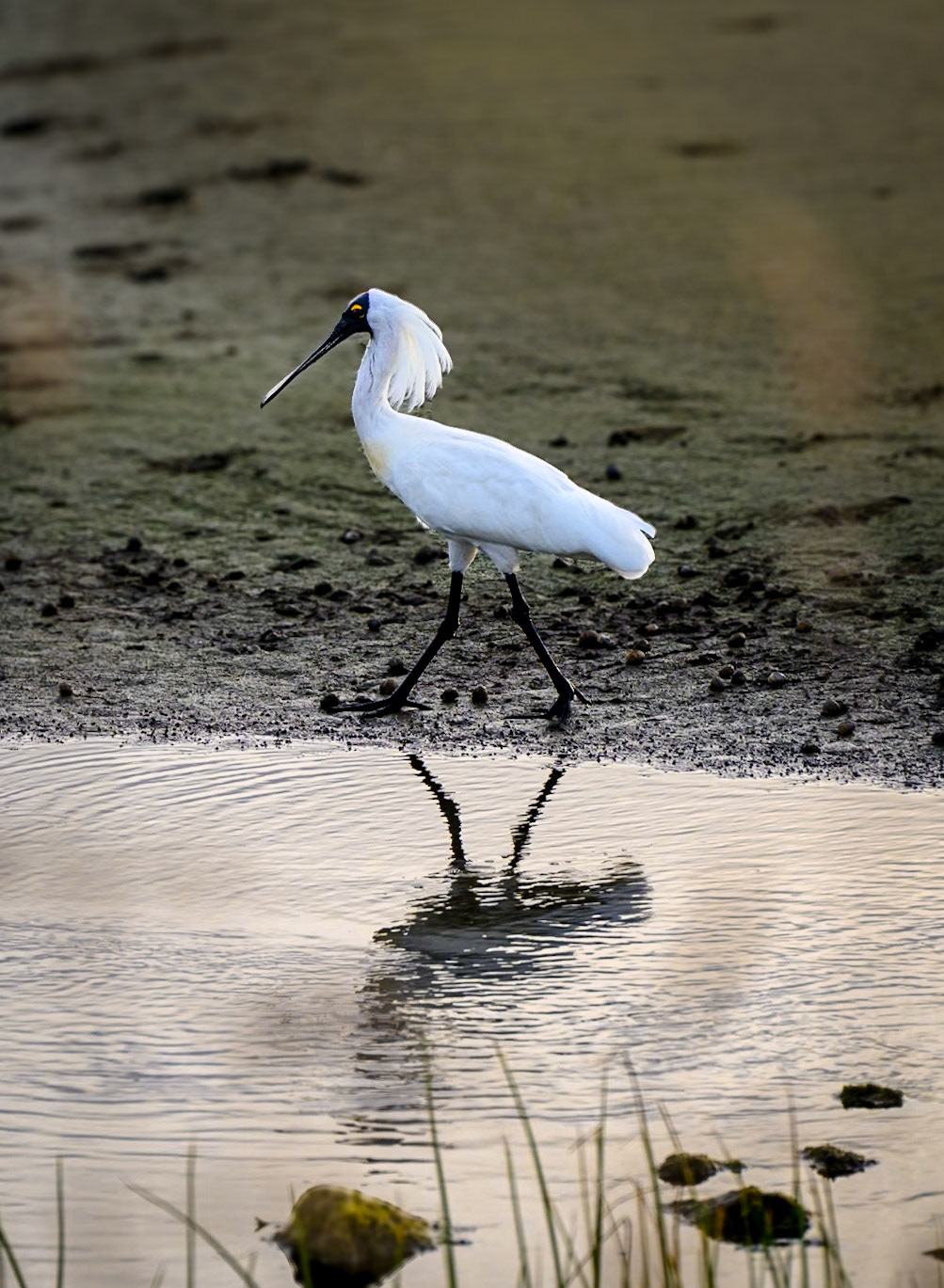
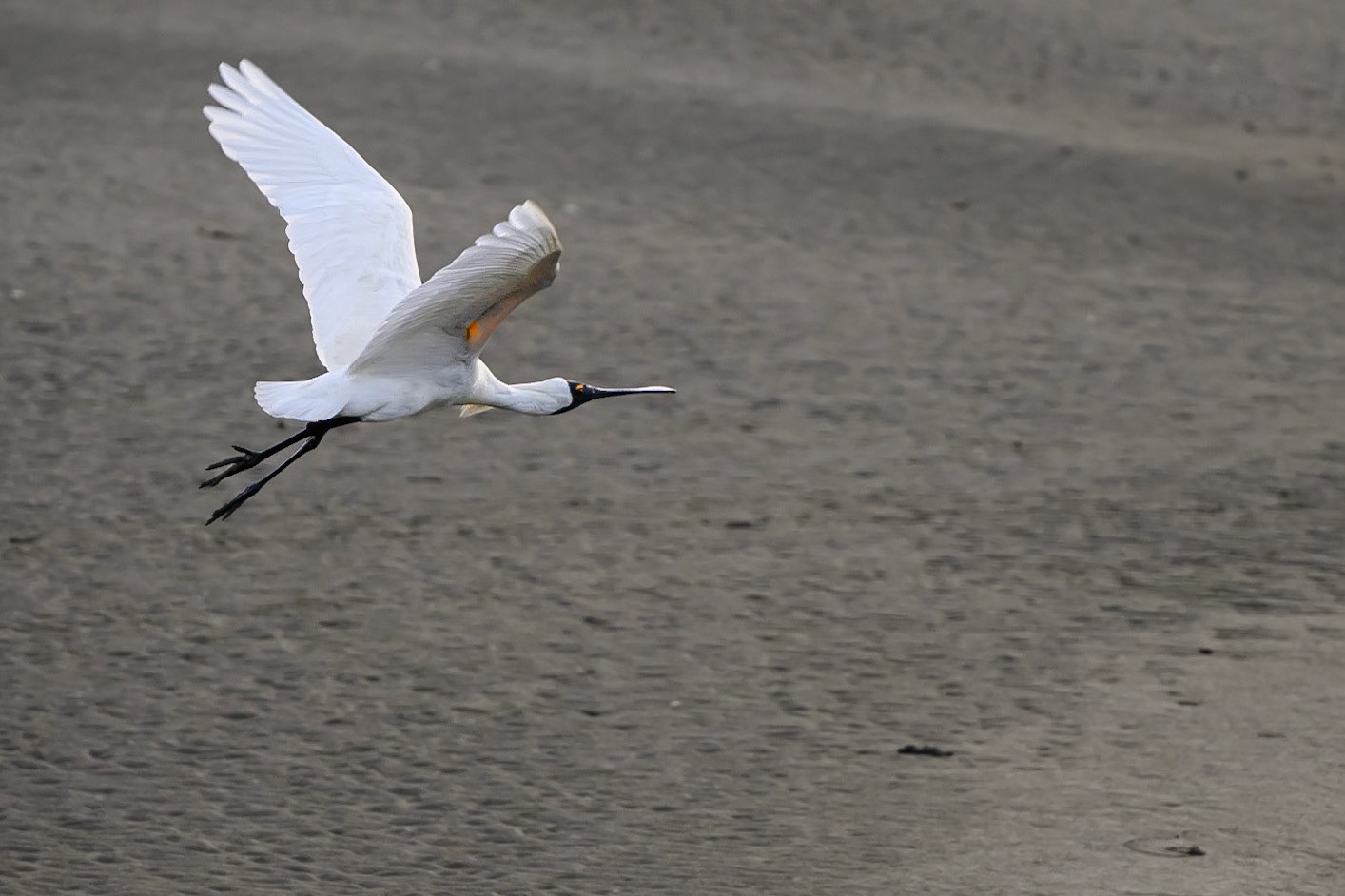
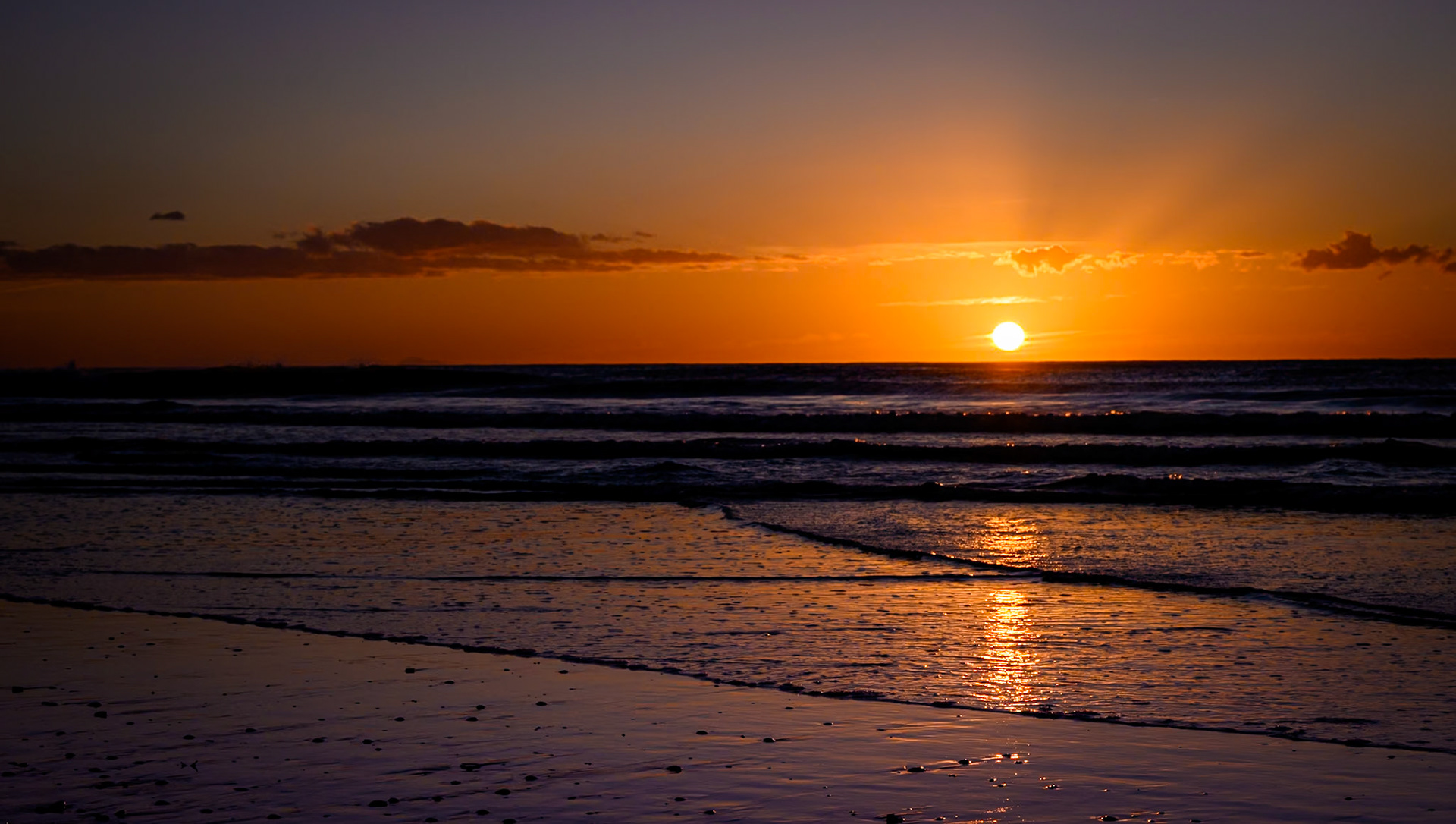
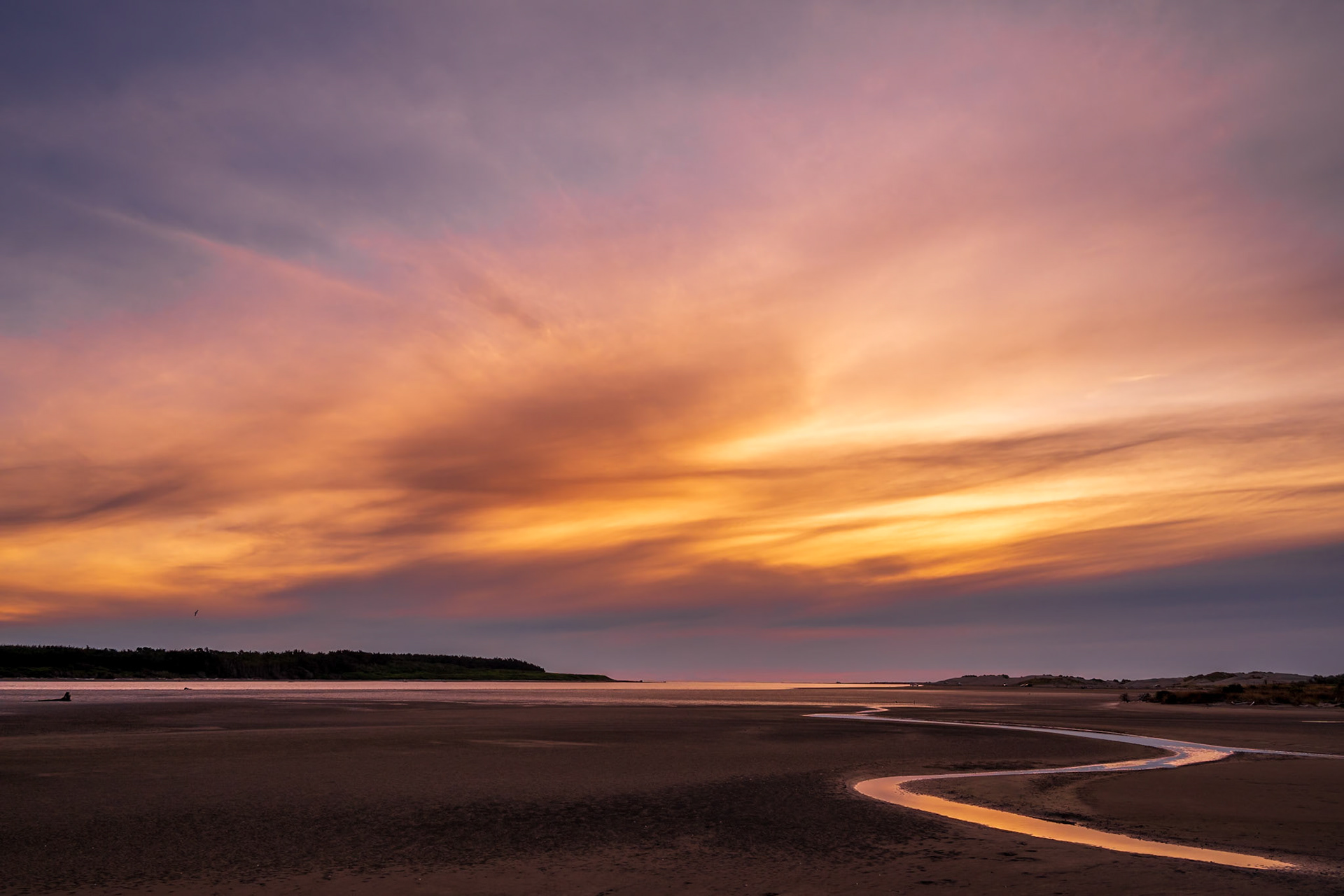
Our final stop on the North Island was Titahi Bay, about half an hour north of Wellington. The weather on the way down, where we followed the coast road, was horrible, with driving rain and wind. We arrived at the place much earlier than check in, and so decided, given the weather, to drive into Wellington. When we eventually found a park, we went to get some food, and whilst we were eating the weather changed completely to give a sunny afternoon. This meant we could walk around Wellington a bit, and buy some warmer clothes for the expected cold spells in the South Island when we hope to visit a glacier, and also take the cable car [really a funicular] to see Wellington from above. We then made our way back to our bed and breakfast accommodation, which compared to the places we have been staying at over the last two weeks was very small and very regimented, for example no bags allowed on the bed at any time because of the COVID risk (please explain that one, especially as the main concern appeared to be that we were from England and so there was more of a covid risk, despite us having left England almost three weeks ago. Good job I did not let on that I had had a cold and lost my sense of smell since arriving in NZ).
The following day, out last full day in the north island, we went for a walk from the bed and breakfast along the coast, from where we were able to see the south island in the distance, and then drive down to Makara on the west coast for a short walk before Teresa went to church and we went for a very nice - albeit very spicy - Thai meal.
